If you’ve been diligent about collecting email addresses from potential leads, a time will come when you’ll need to know how to send a mass email with individual names in it.
It doesn’t help that there are multiple email providers you can use and multiple ways to get it done. This article will show you how to do it in popular email tools like Gmail, Outlook, and similar email software platforms.
Disclaimer: We strongly advise against sending mass emails to contacts without their consent. While the methods in this article are effective, sending unsolicited emails or using a non-verified domain can lead to your messages being marked as spam or blocked.
Implementing proper email authentication methods, such as SPF, DKIM, and DMARC, is crucial to verify your domain and improve email deliverability. That’s why we recommend using an email marketing software like GetResponse.
‘What is a mass email?’
A mass email (also called a bulk email or email blast) is an email or email marketing campaign sent to multiple recipients simultaneously.
The main advantage that mass emails provide is convenience. Let’s say you have hundreds or thousands of people on your contact list. It wouldn’t make sense to send email messages to each subscriber individually.
That’s where mass email sending comes in.
Whether you have an email message relevant to all customers in your list or specific audience segments, a bulk email allows you to communicate with large groups all at once.
The above benefit aside, bulk emails can have one major drawback: depending on the mass emailing method you use, you may have to forego sending personalized emails in exchange for convenience. Also, sending indiscriminate email campaigns can easily land you in customers’ spam folders.
Thus, you must choose the right medium (email marketing software, email service provider, etc.) when sending mass emails.
How to send mass emails in Gmail, Outlook, and more
Whether you opt for email marketing platforms like GetResponse or stick to the standard email service providers, you’ll need to take the following steps when sending a mass email campaign:
1. Create multiple Gmail accounts
If you have a Gmail account, you’re likely aware that Google limits the number of people you can send messages to 500 each day. One way to get around this issue and send to more Google contacts is to own more than one Gmail account.
For example, if you need to send messages to 2,000 email recipients daily, creating three more Gmail accounts, in addition to your primary one, can help you get around the 500 recipients per day limit. This method isn’t unique to Gmail and works with other providers like Outlook, Yahoo, and AOL.
2. Finalize the target audience
Decide on who you’ll send your mass email to. Collect their names and contact information in a spreadsheet. This will be essential for the next step.
3. Import their contacts
Once you’ve decided on your mass email’s recipients, the next step is to import their contacts. To do it for Google accounts, visit the Google Contacts site while logged into your account. See the image below:

Click on the “Import” menu option (indicated below) on the sidebar to the left of the screen:
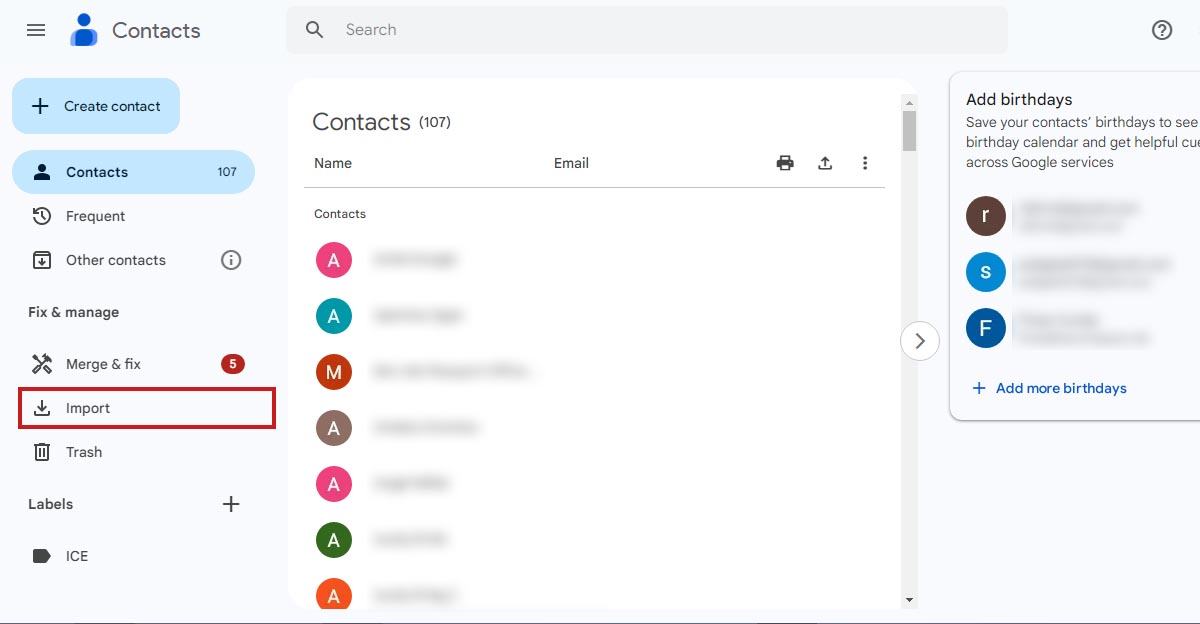
Next, if you’re importing contacts from an external file, click the “Select file” button in the popup dialogue box that appears. If not, click “Create multiple contacts” instead:
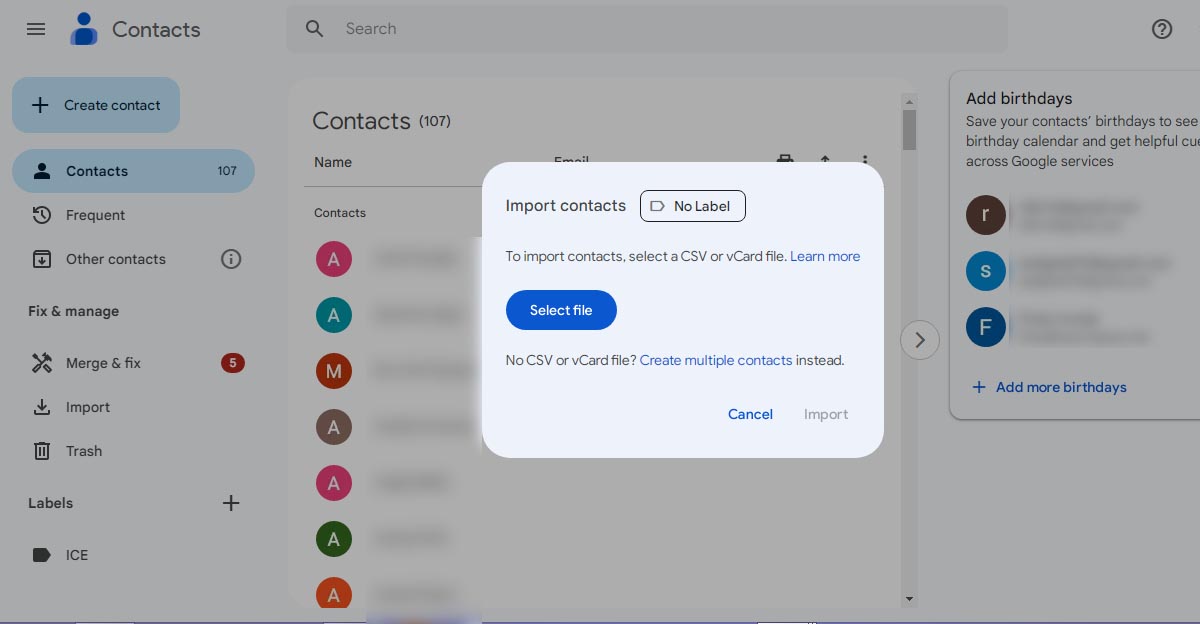
Finally, click “Import.” But before you do that, there’s one more step to take, which we discuss in step four below.
4. Label for accuracy
When you import contacts, Google gives you the option of labeling them, as shown in the image below:
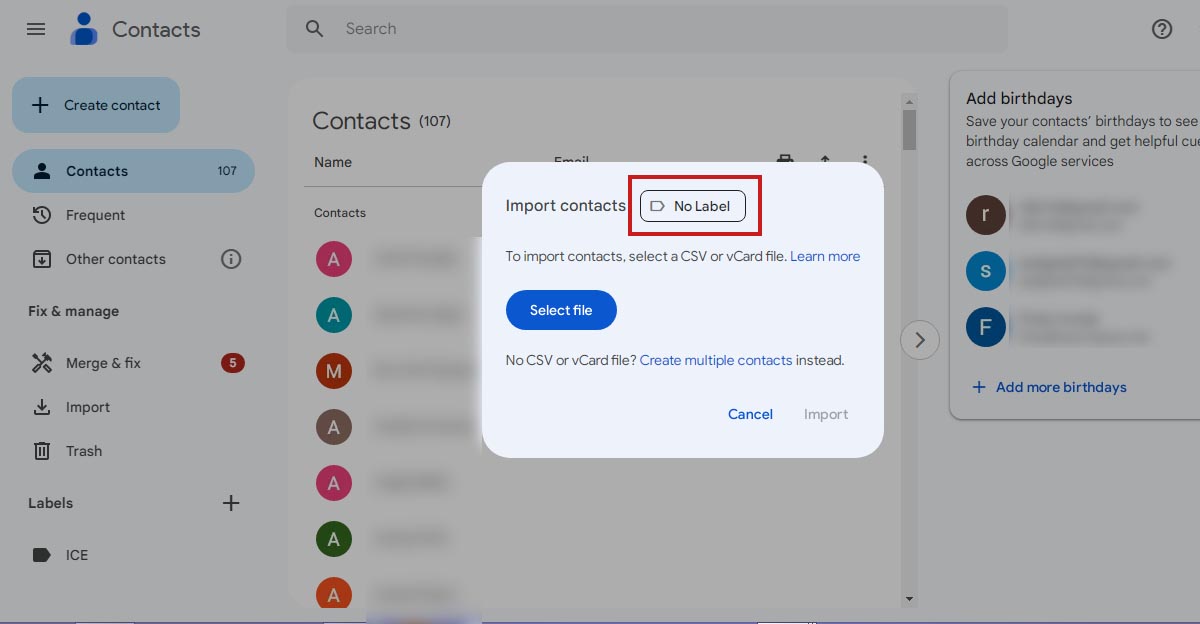
Click the “No Label” button and then select “Create label” from the dropdown menu:
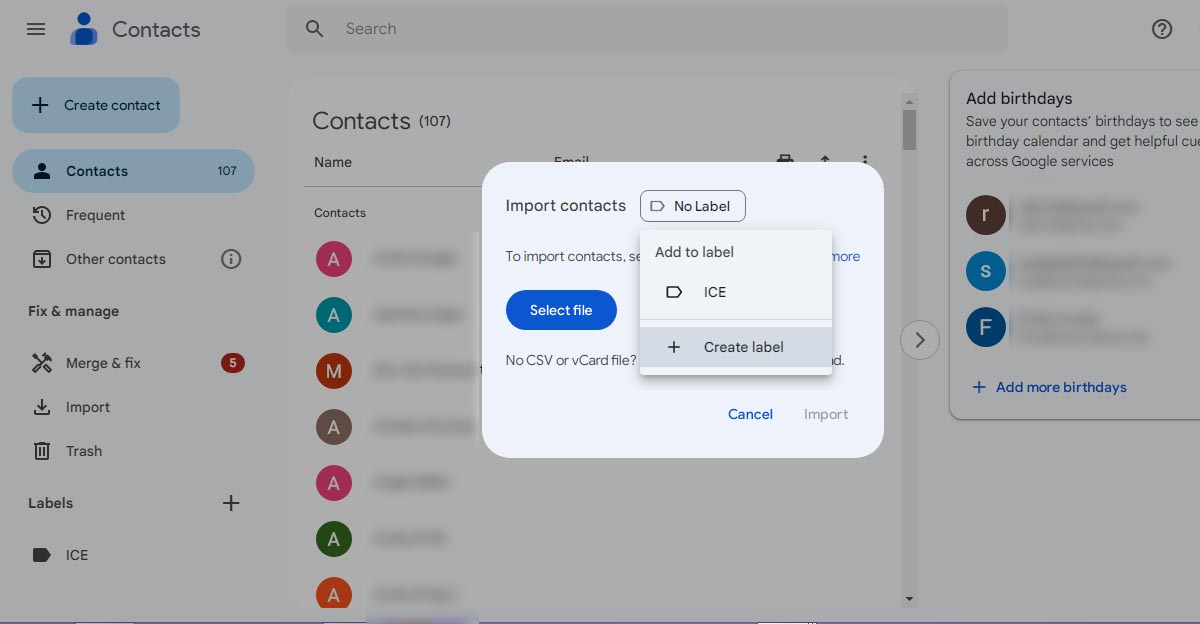
Enter your label’s name in the relevant field:

Your new label should appear under the “Labels” section on the sidebar to the left of your screen. Click on it to see the contacts you’ve imported:
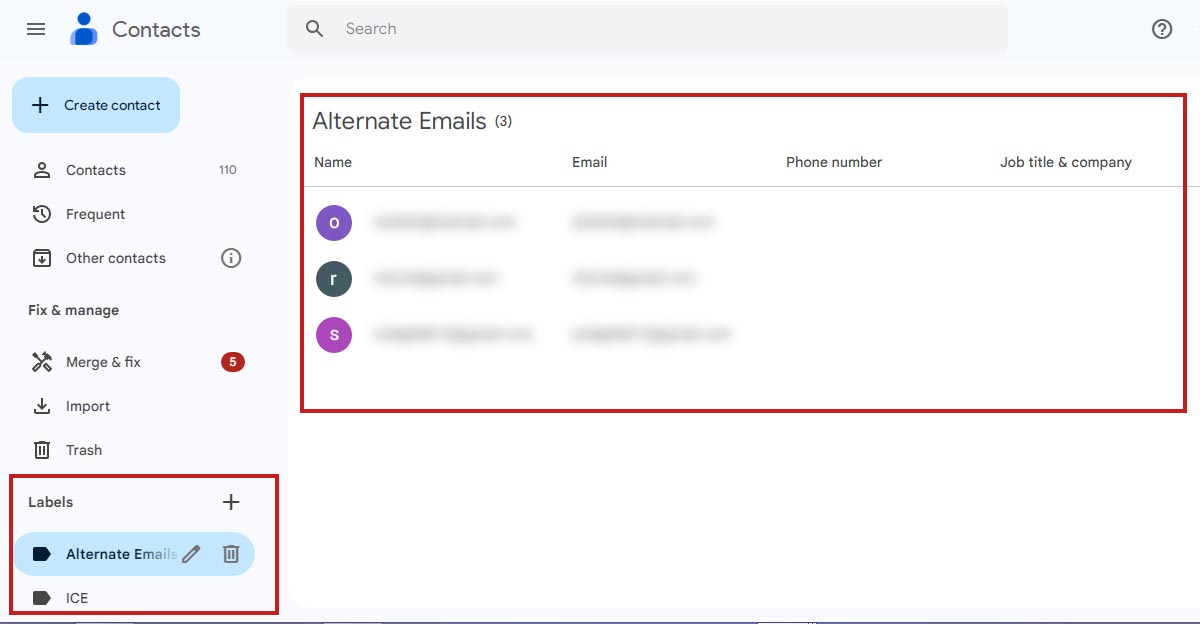
Use this feature to stay organized. You’ll need it to quickly and accurately retrieve these contacts when you want to send your mass email.
5. Draft your email
Compose your email, making sure that it’s free of spelling and grammatical errors. Crucially, you’ll need to double-check that the recipients’ names are correct to avoid embarrassing situations.
6. Send to the recipients
The final step on how to send a mass email with individual names is to send the email.
Other ways to send mass emails
Here are additional methods you can use when sending personalized mass emails.
Gmail extension
Gmail’s mail merge features make it possible to send a mass email in Gmail with some personalization. The only problem is that it’s not available with free Gmail accounts: you need a Google Workspace account for access.
Gmail extensions are a free alternative that helps you get around the above limitation. Here’s how to use a Gmail extension called Gmass for sending mass emails in Gmail:
Step one: Download Gmass from the Chrome Webstore
Head over to the Chrome Webstore and type “Gmass” into the search bar:
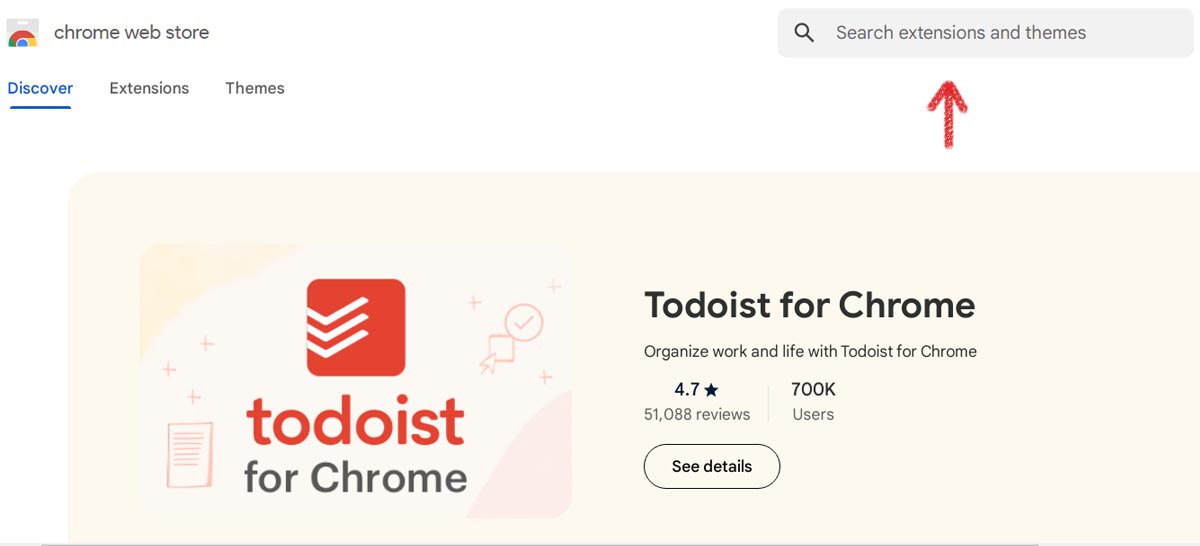
Click on the first option as indicated in the image below (the one that’s developed by Gmass.co):
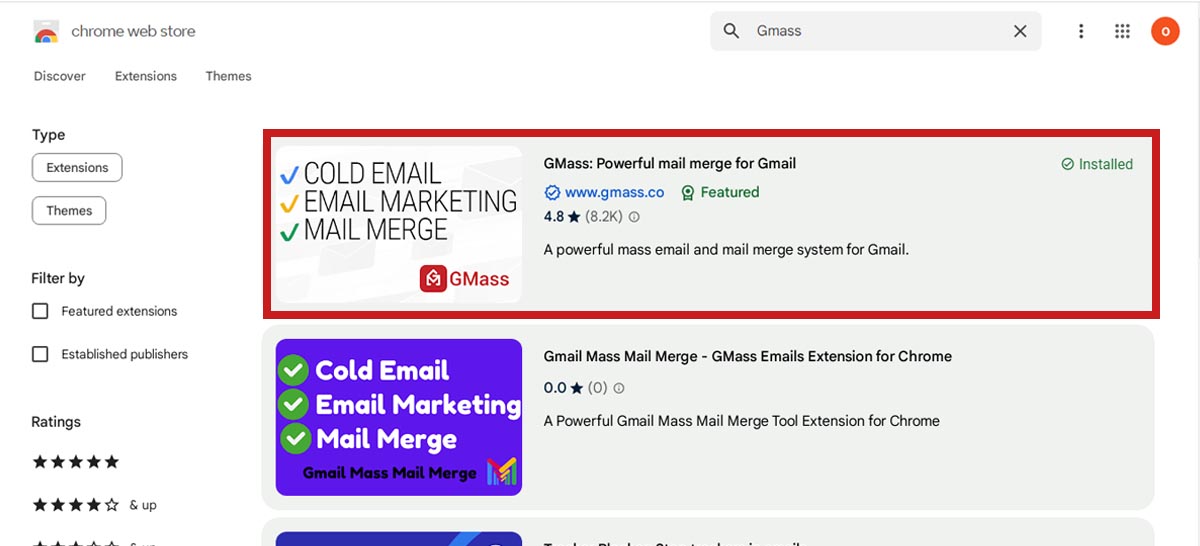
On the next page, click the “Add to Chrome” button to install it.
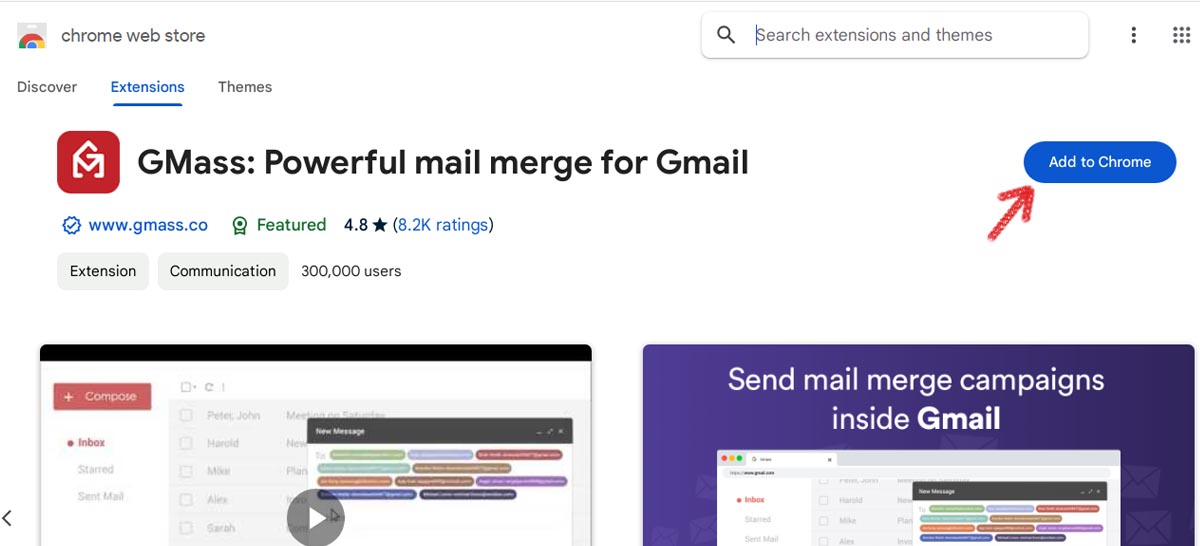
Once you’ve installed Gmass, head over to Gmail and log into your account.
Step two: Craft your Gmail
You’ll be greeted by a popup with a demo video for the extension (see the image below). Watch it to understand how Gmass works:
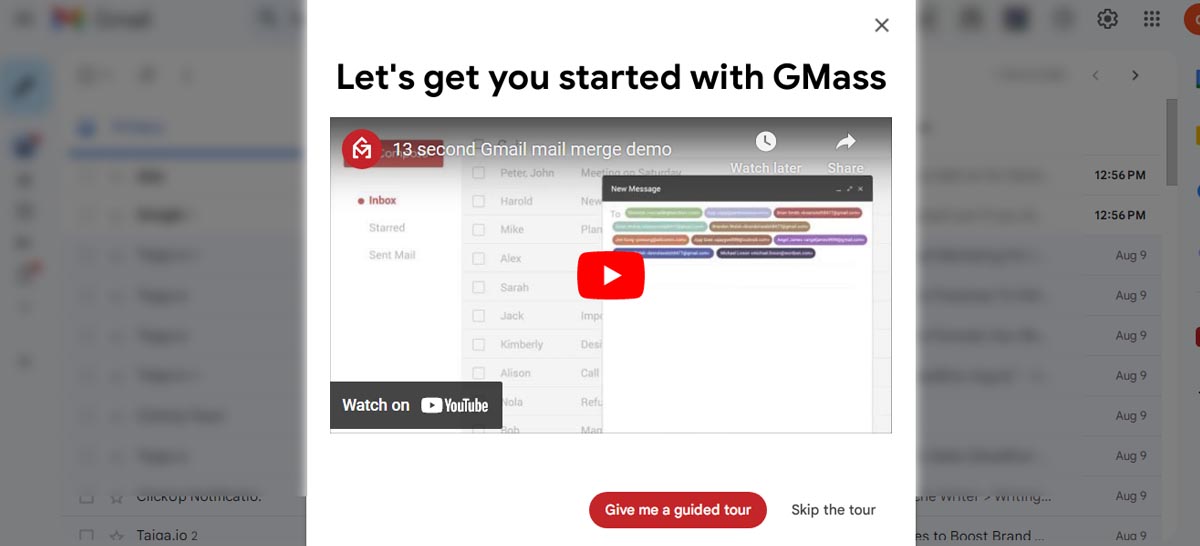
Next, compose your mass email as normal. You’ll notice that the Gmass extension has added a button next to Gmail’s “Send” button (indicated in the image below):
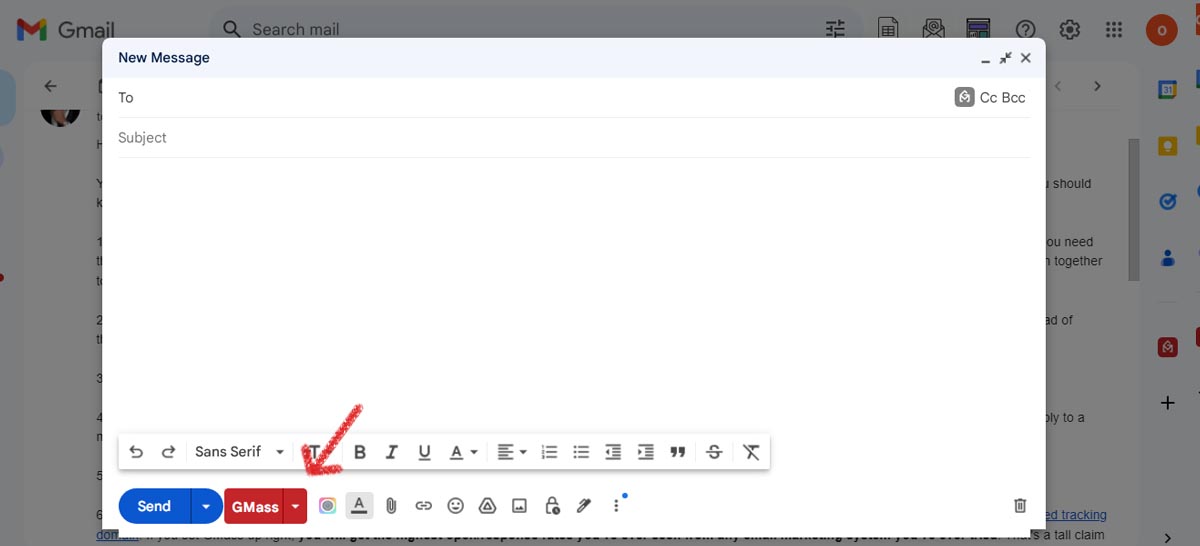
When you’re ready to send your email, click the Gmass button instead of the “Send” button native to Gmail. You’re all done.
Mail merge using Outlook
Using mail merge in Microsoft Outlook can be straightforward for email marketing when you know how. Let’s go through the steps.
Step one: Open a Microsoft Word document
Launch Microsoft Word and compose your email in the document as you would if you were typing it in an email program.
Step two: Start Mail Merge
Click on the “Mailings” tab at the topmost row of the control panel, as indicated by the red arrow in the image below:
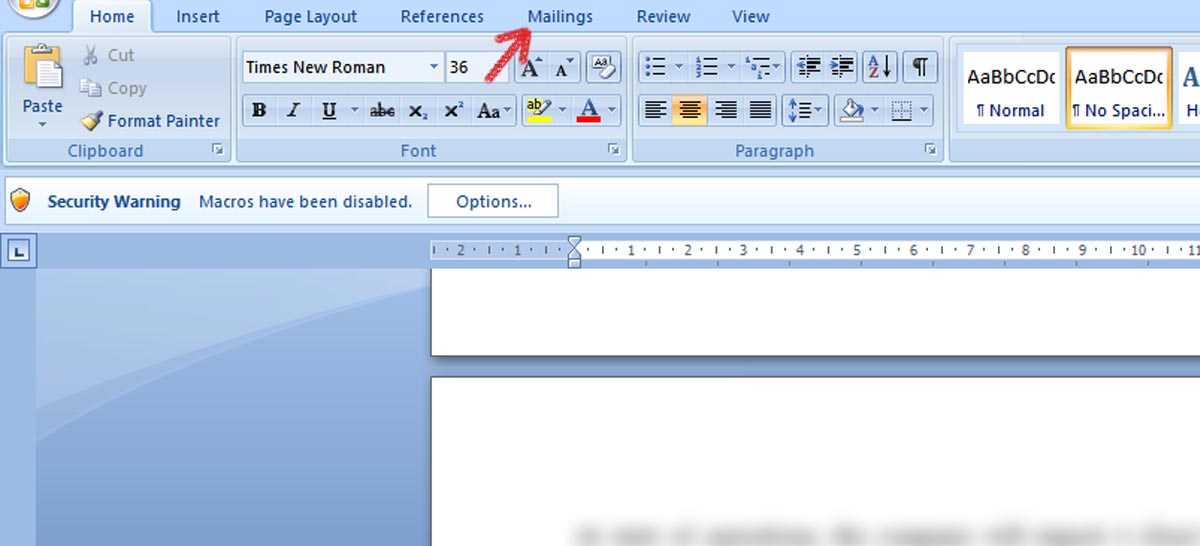
The controls will change to display the functions available under this tab. Click on the “Start Mail Merge” button:
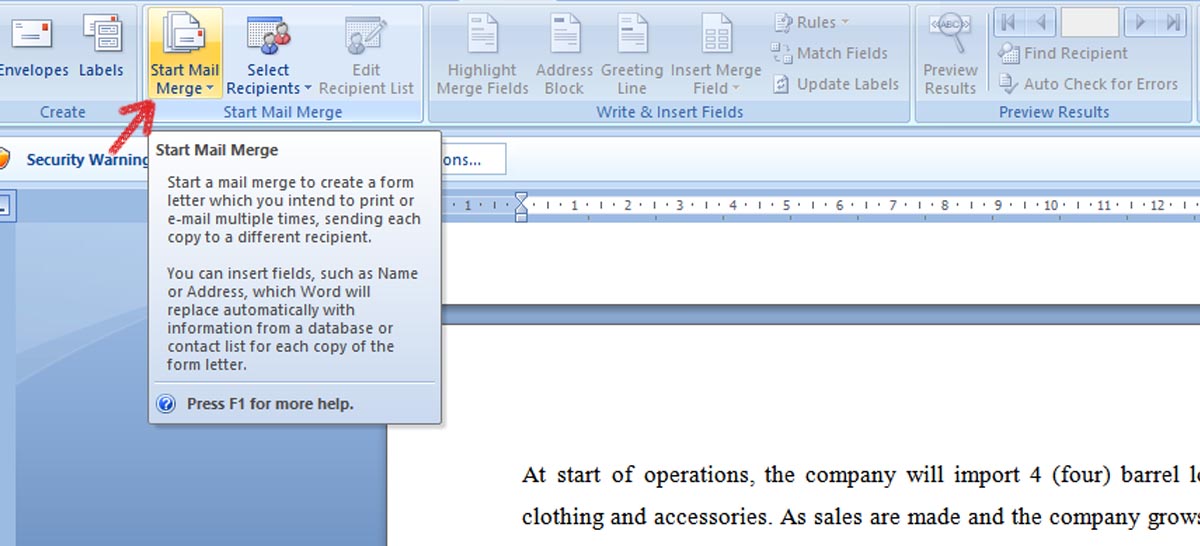
Next, choose the “E-Mail messages” option from the dropdown menu, as pictured below:
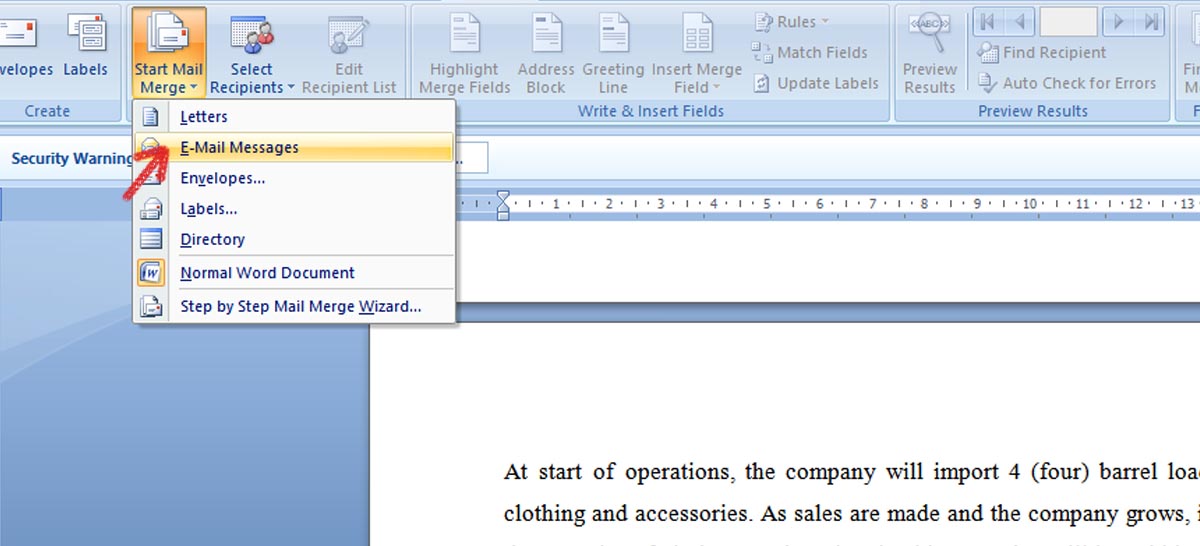
Click on the “Start Mail Merge” button again. You should see that Microsoft Word has highlighted the icon next to the “E-Mail Messages” menu option in yellow, indicating that mail merge is on.
Step three: Choose your recipients, customize your email, and send
Click on the “Select Recipients” button (next to “Start Mail Merge”). The dropdown menu (pictured below) offers three ways to add recipients:
- Manually (“Type New List”)
- By importing them from a separate file like an Excel Spreadsheet (“Use an Existing List”)
- By importing them from your contacts in Outlook (“Choose from Outlook Contacts”).
Choose the last option.
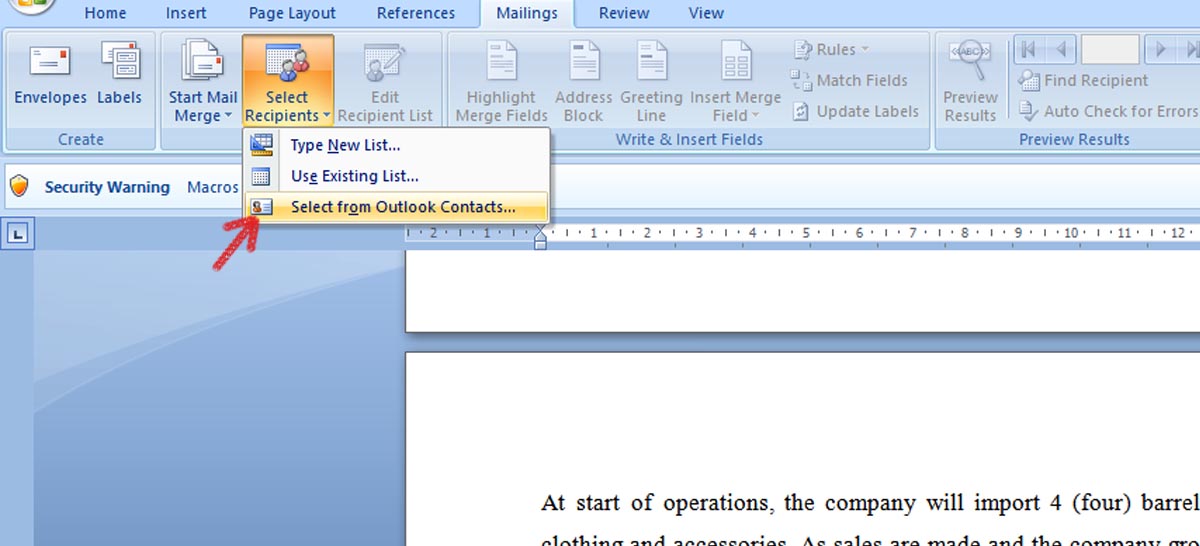
Note: Outlook must be your default email program and the same version as your Microsoft Word program. Don’t forget to save your file.
Once you’ve hooked up your Word document to your data source (e.g., a spreadsheet with your Outlook contacts), you can use the personalization options under the “Greeting Line” option. That includes inserting merge fields.
Finally, preview your email and send it.
Using Bcc
Another way to send a mass email in Gmail is through the Bcc option when crafting your mail messages.
BCC is short for blind carbon copy. As its name suggests, it lets you send a carbon copy of the same email to select recipients. The people who receive your emails won’t know other people have received the same email. They’ll think they’re the only recipient. Hence the “blind” part of the BCC acronym.
If you want to know how to send personalized mass email campaigns in Gmail, you’re better off getting a Chrome extension (as discussed above). We don’t recommend using this method to market to email subscribers. While it lets you hide recipients and get around Gmail’s daily sending limit, it isn’t the best option for sending a personalized message.
Still, if you aren’t sending transactional emails to generate leads, here’s how to use BCC for your contact lists:
Step one: Open Gmail and craft your mass email
Begin writing your mass email in Gmail. Include the email body and subject line as you would in an individual email.
Step two: Click “Bcc” before sending
Once you’re done writing your email, turn your attention to the “To” field where most email service providers let you populate the recipient’s email address.
To the extreme right of the “to” field, you’ll see two words: “Cc”, which stands for carbon copy, and “Bcc.” Click on “Bcc”, as indicated by the red arrow in the image below:
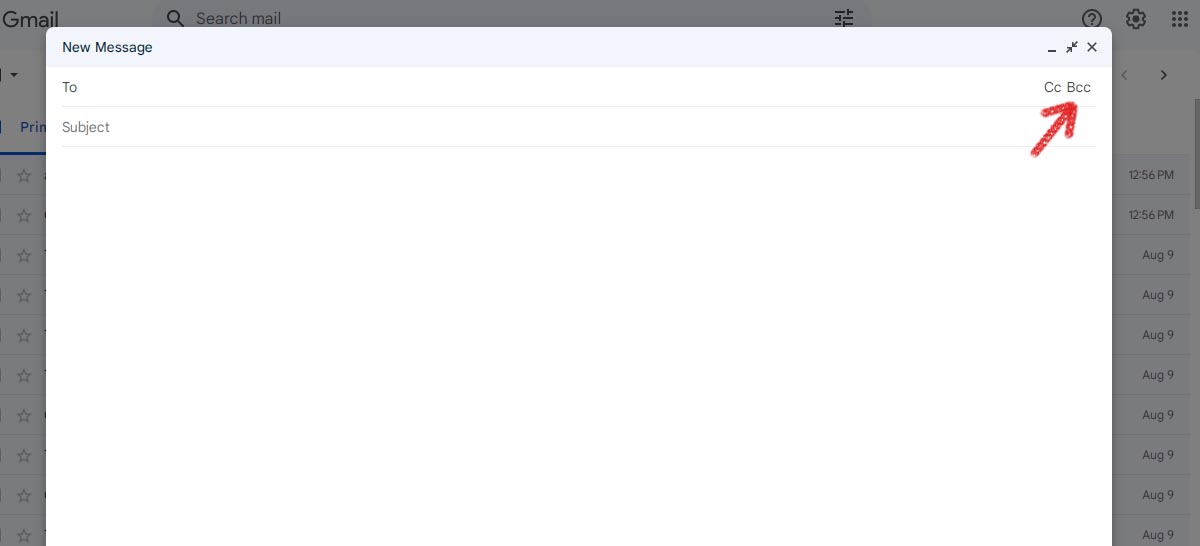
A Bcc field should appear underneath the “To” field. Populate it with the email addresses of your email recipients, as we’ve done below:
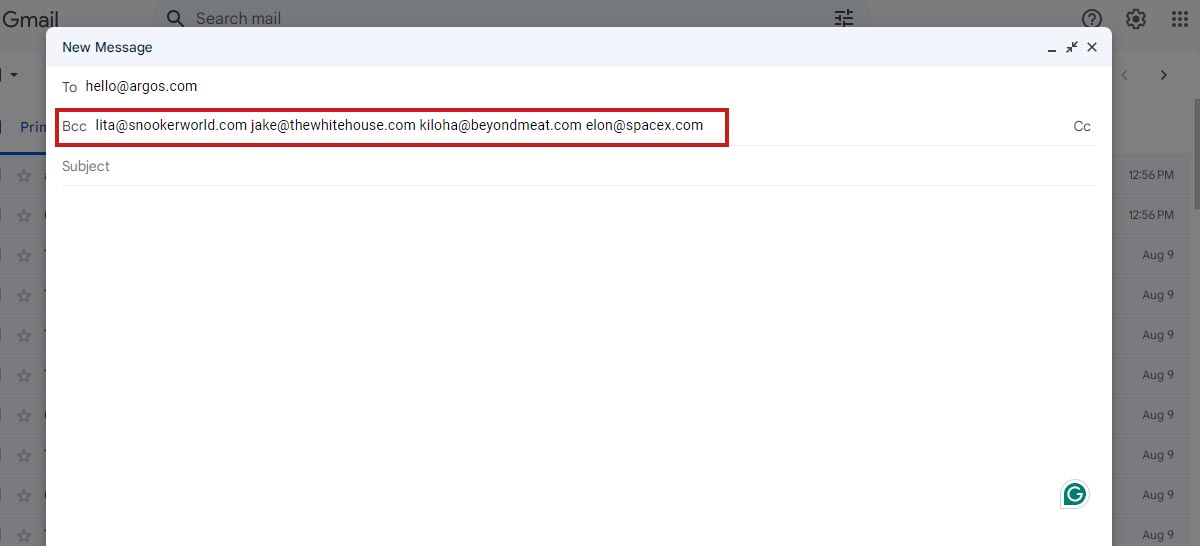
Once you’re done, click away from that field. You should see that the addresses you’ve added to the Bcc field have been merged with the ones in the “to” field (see the highlighted portion in the image below):
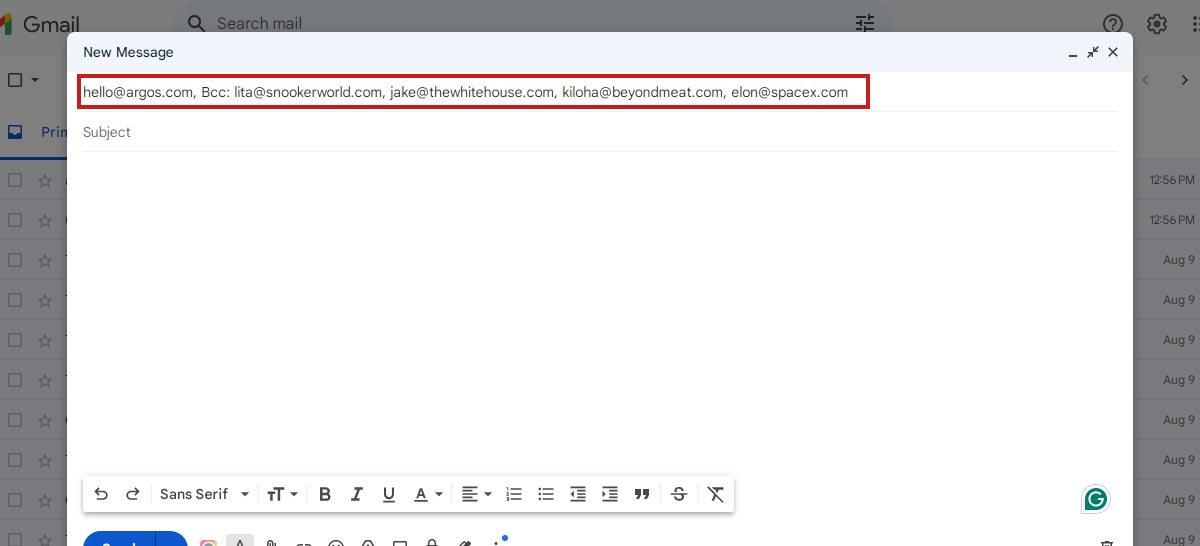
If everything looks good, send your email.
Email marketing software
You can’t go wrong with an email marketing software platform like GetResponse if you’re looking for the best way to send mass email messages.
In addition to mass emailing capabilities, our software provides essential features needed for marketing emails, including email tracking and professional email templates. Not to mention advanced capabilities to send personalized mass emails.
GetResponse also has a powerful AI that helps craft compelling copy in seconds. Our software also lets you segment your audience before sending emails. It’s an all-in-one solution that complies with data protection laws like GDPR and CCPA.
Here’s a step-by-step process for using GetResponse to send bulk emails:
Step one: Log into your GetResponse account
If you don’t have an account, you can sign up for a free trial here. The trial is free for 30 days and doesn’t require a credit card. Provide details like your email address and profile name and we’ll set up your free account in minutes.
Once you’ve verified your email address, log into your GetResponse account with the email and password you provided during the signup process. You’ll be greeted by your account dashboard (pictured below).
Step two: Get your contacts
Click the “Contacts” menu option (indicated by the red arrow in the image below) to navigate to the page where you can pull in your contacts.
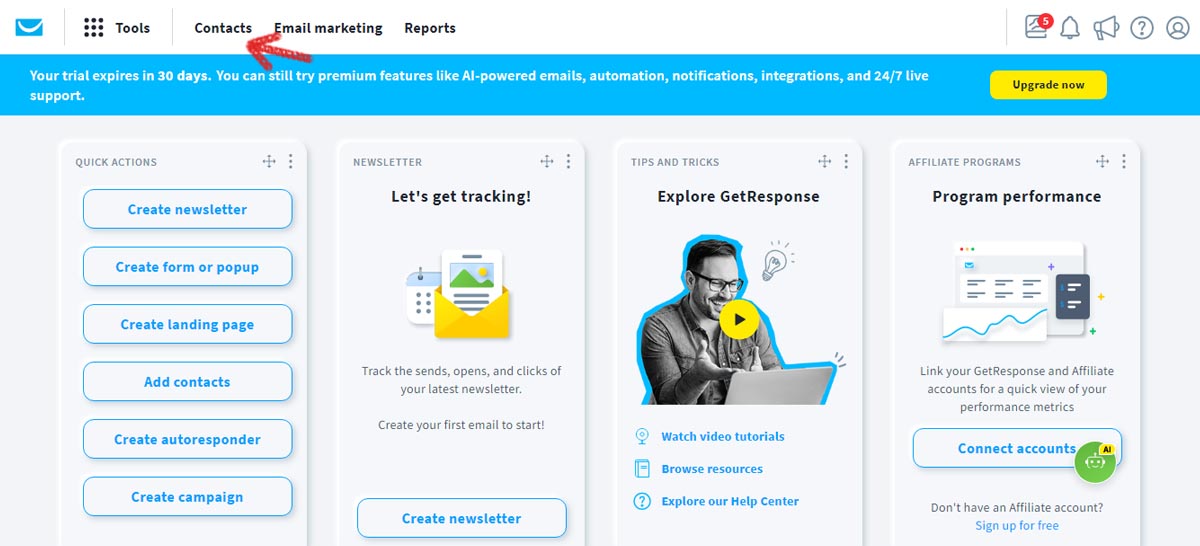
On the “Contacts” page, make sure you’re under the “Lists” tab and click on the “Add Contacts” button, as pictured below:
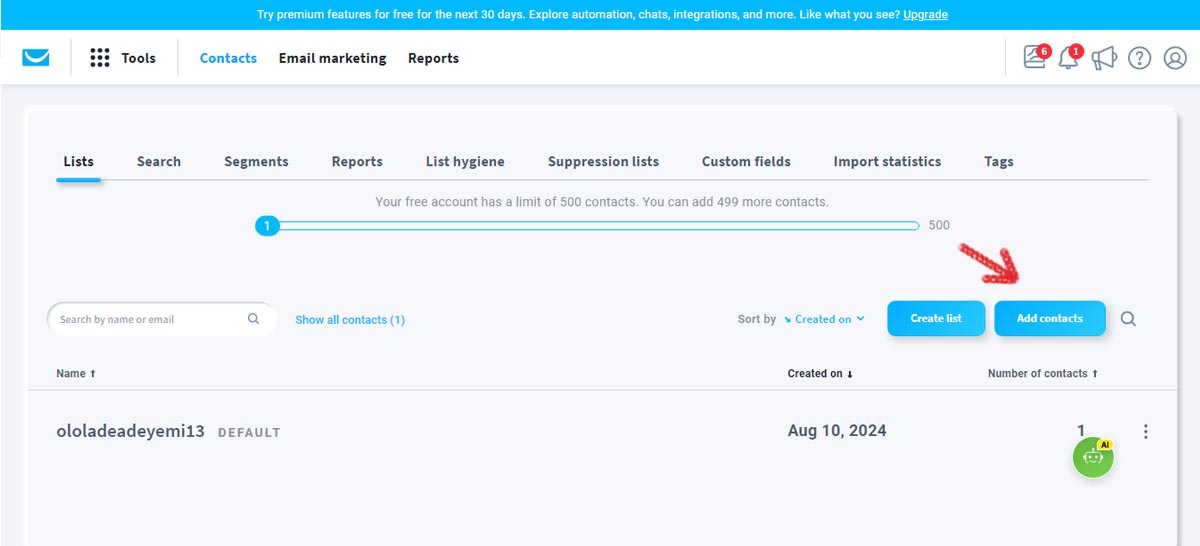
GetResponse lets you bring in contacts in numerous ways. Assuming you have them in a file, choose the “Upload a file” option, as indicated in the image below:

As the picture below shows, you can drag and drop the file or select it from your computer files. Accepted file formats include .csv, .xls, and .txt.
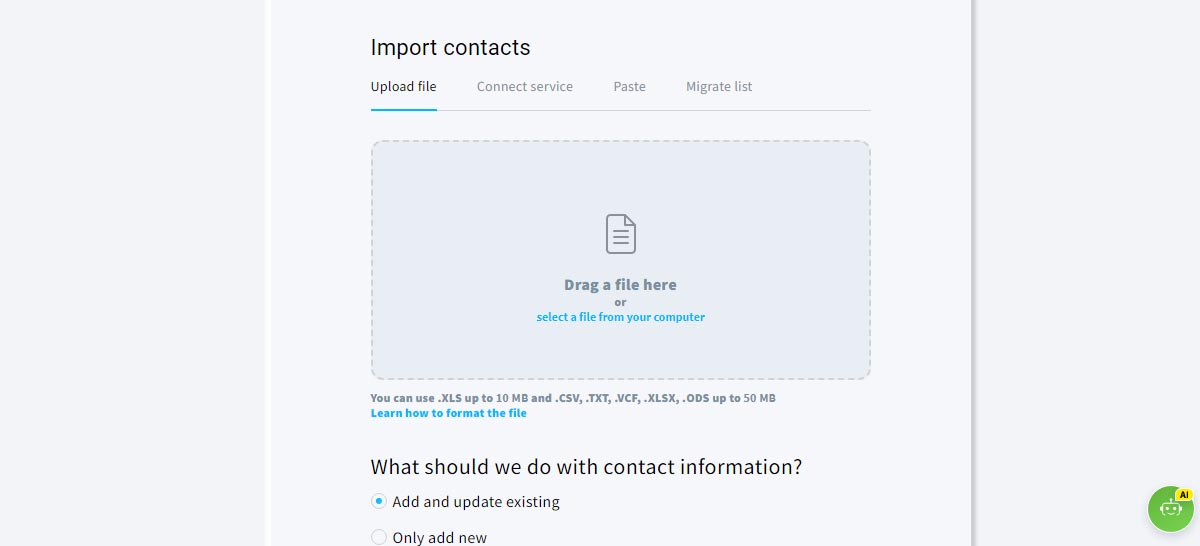
As an alternative, (or if you’re migrating to GetResponse) you can import contacts from other email marketing inbox service providers.
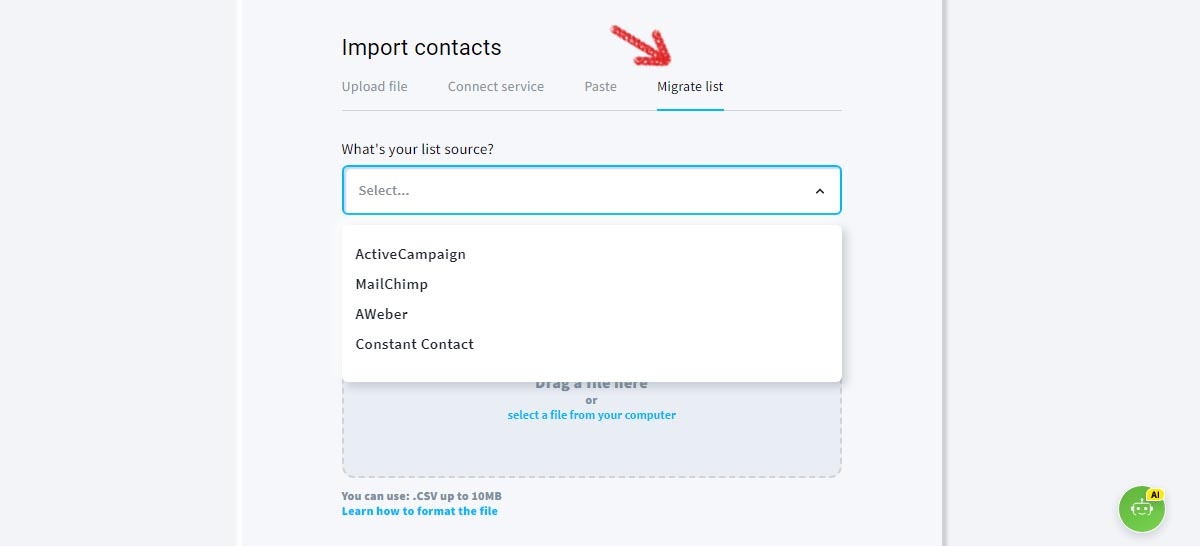
Click on the “Migrate list” tab (pictured above) instead of the “Upload file” tab to do so.
Step three: Create a newsletter
Now that you have your contact list in GetResponse, it’s time to create a mass email.
You can do that by navigating to your account dashboard and clicking the “Create newsletter” button. See the image below:
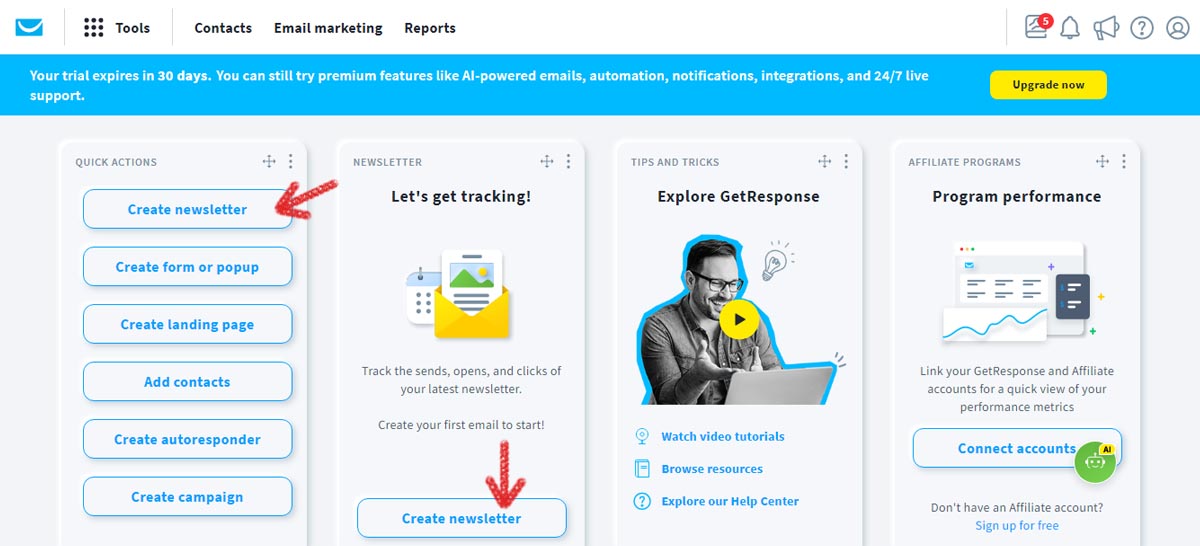
Clicking the button brings up a popup (pictured below) that gives you the option to craft your email from scratch or use our AI email generator. For the sake of this tutorial, click the “By myself” option to learn how to send a mass mailing campaign from scratch using GetResponse.
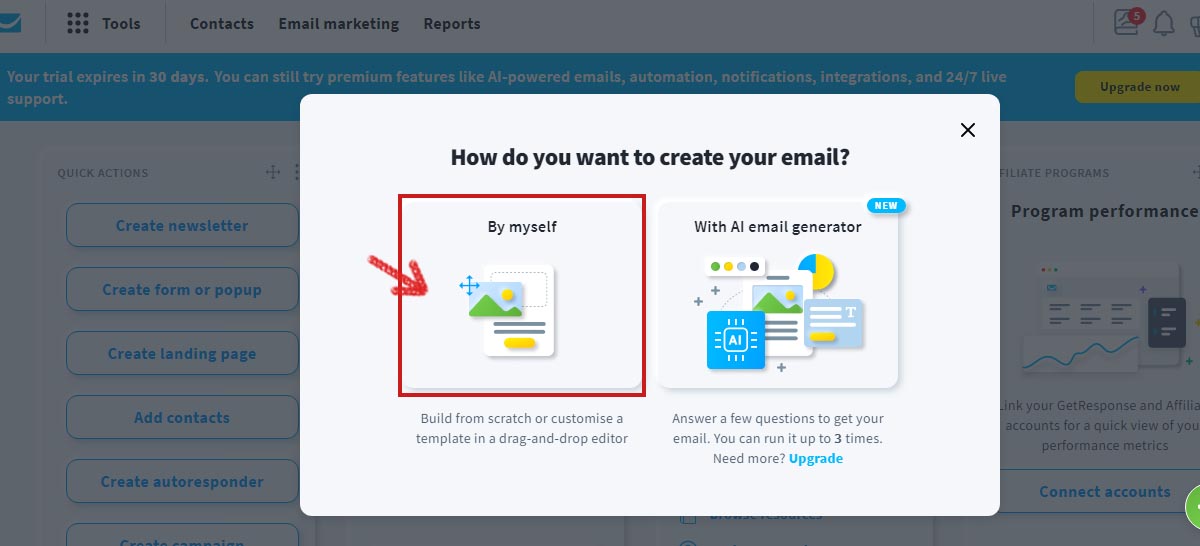
On the next page (see the image below), fill in the fields beginning with your campaign’s title. Also, make sure that your email campaign is going out from the correct email address (i.e., your registered email address).
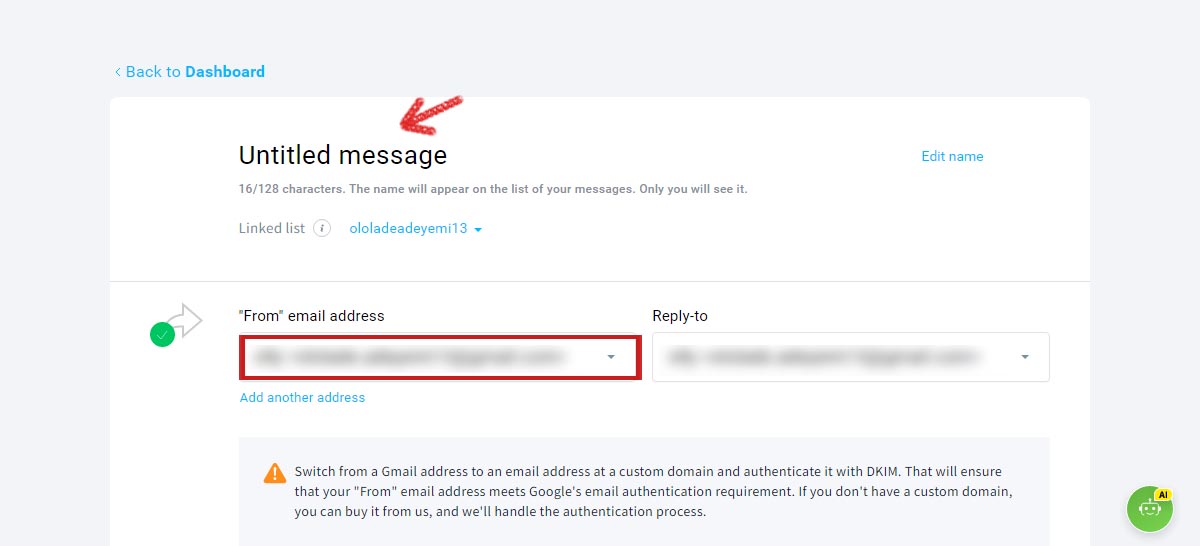
Fill the email subject line field and click on the “Add recipients” button underneath, as pictured below:
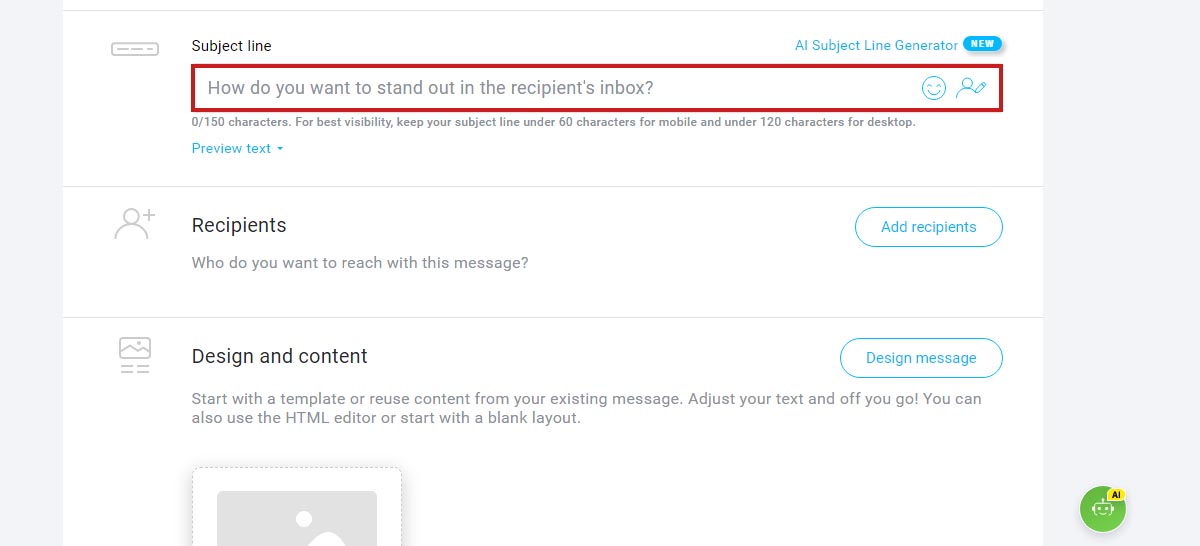
Next, choose the recipients you want from your existing list (i.e., the contacts you imported in step two).
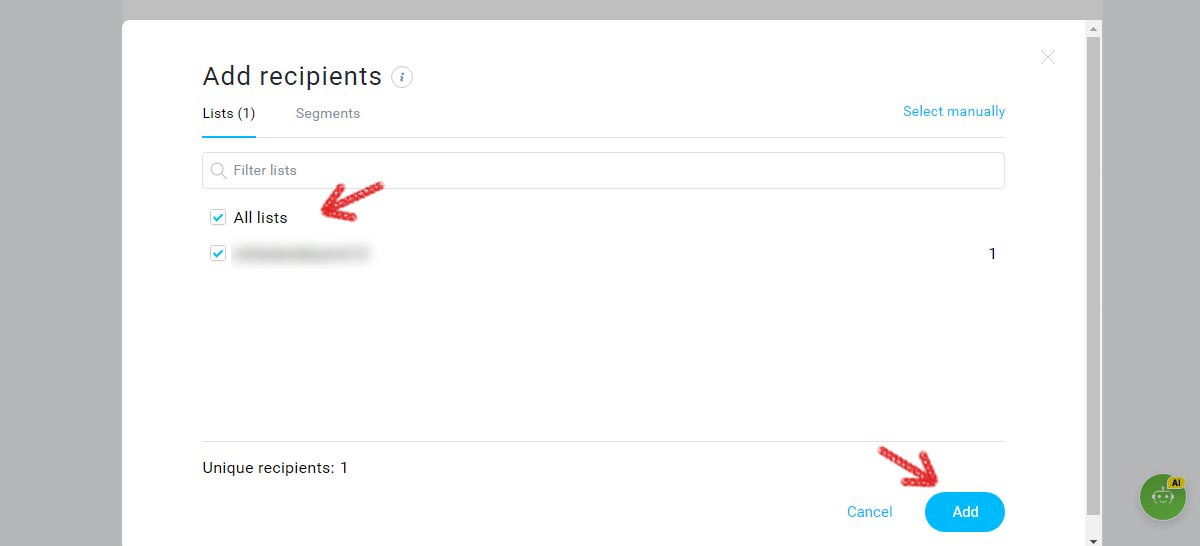
If you’ve imported more than one contact list, you can tick the “All lists” checkbox if your email is relevant to all your contacts, or select individual lists as they appear. Once you’re happy, click the “Add” button pictured in the above image.
Step four: Design your newsletter and send
On the same page, scroll down to the “Design and content” section and click the “Design Message” button (pictured below):
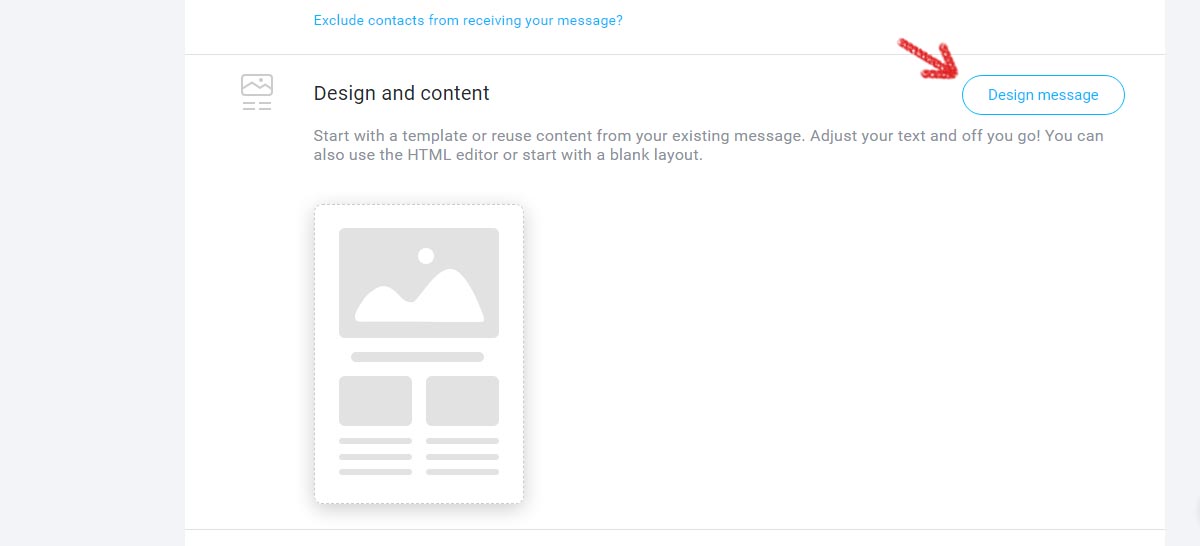
GetResponse provides hundreds of professionally designed email templates you can use in your email campaigns:
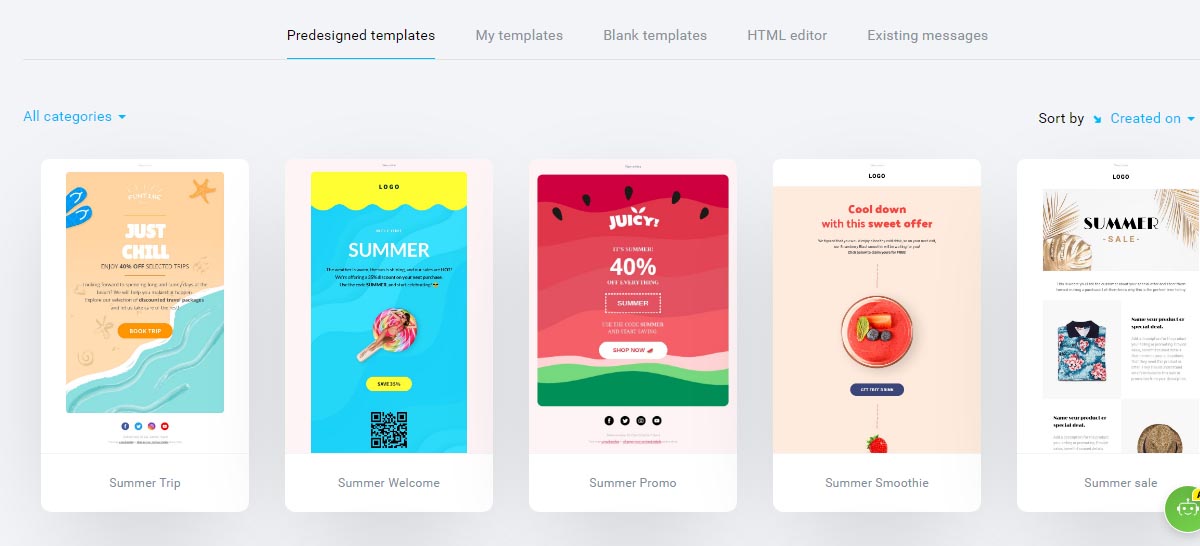
Choose one that suits your campaign and use our drag-and-drop editor to modify it.
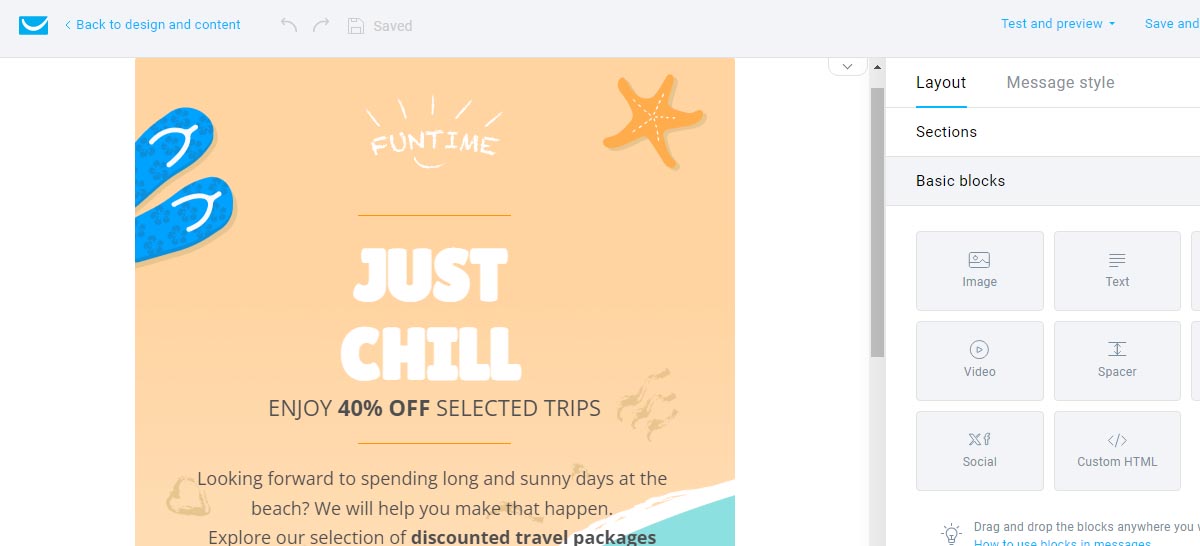
You can change the text, colors, and more to better reflect your brand.
Step five: Send your email
With your email design done, the final step is to send your email. GetResponse lets you send it immediately or schedule it for a later date (see the image below).
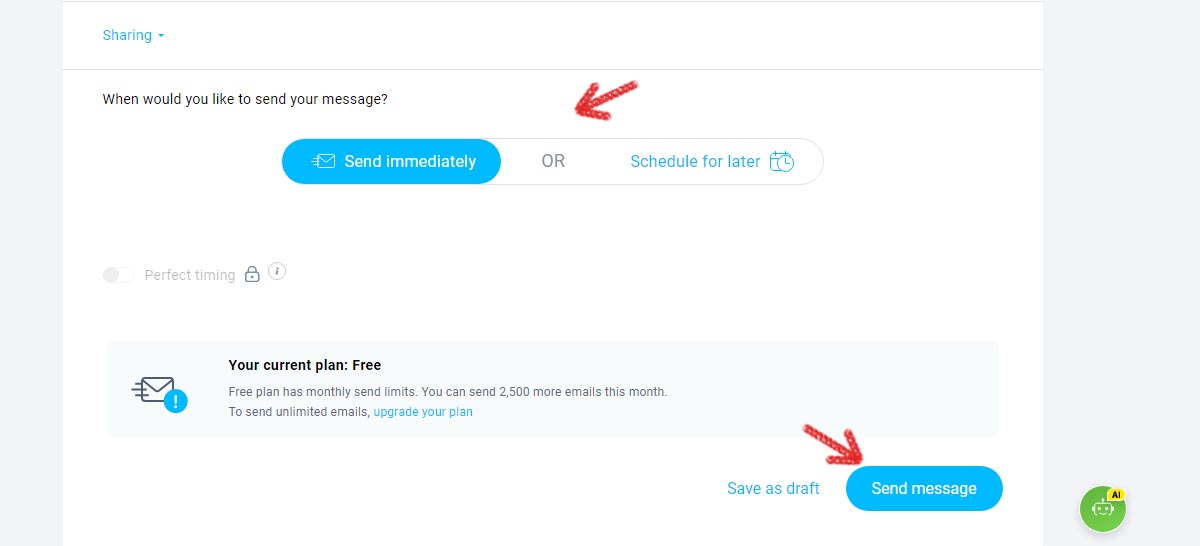
Choose your preferred sending option and click the “Send Message” button at the bottom right part of the page.
Using Google Sheets
If you have a coding background, or have a programmer in your ranks, this mass mailing method is for you.
It involves creating a Gmail template and using a script to populate it with data from a Google Sheet. See the GIF below for a demonstration of how it works:

A summary of the process goes as follows:
- Visit this page and click on the blue “Make a Copy” button in the “Set up the script” section of the article. It’ll create a copy of a Gmail/Sheets mail merge sample spreadsheet.
- Update the “Recipients” column in your copy of the spreadsheet with the email addresses you intend to use in your email. Also, update the code in the Apps Script project (you’ll find it in the spreadsheet when you click on “Extensions” and “Apps Script.”
- Open Gmail and create a draft email. Include placeholders in the email that correspond with the ones in the spreadsheet. Make sure to wrap them in double curly braces, e.g., {{First name}}.
- Run the script by clicking “Mail Merge” and then, “Send Emails” in the sample spreadsheet. You should see a prompt that asks you to authorize the script. If you get a warning that says “This app isn’t verified”, choose “Advanced” and then “Go to {project name} (unsafe).
- Click “Mail Merge” then “Send Emails” once more.
The final step involves pasting in the email template’s subject line and clicking “OK.”
Design the template
Alternatively, you can design an email template for reuse.
Here’s how to do it in Gmail:
- Launch Gmail
- Click Settings (the gear icon as shown in the image below):
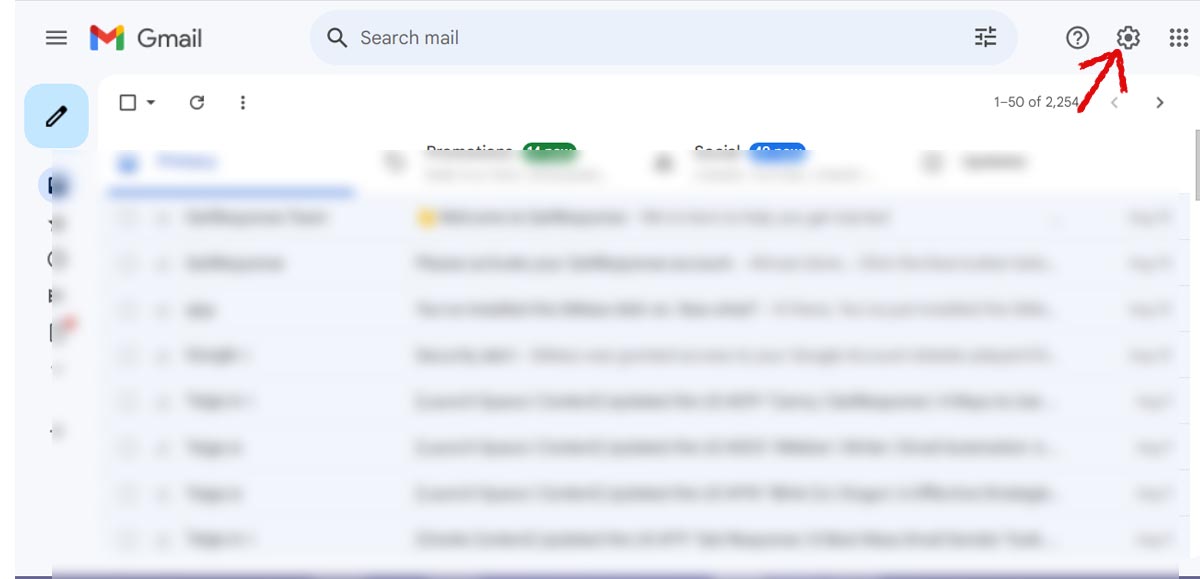
- Click on “See all settings” in the popup:

- Click on the “Advanced” tab:
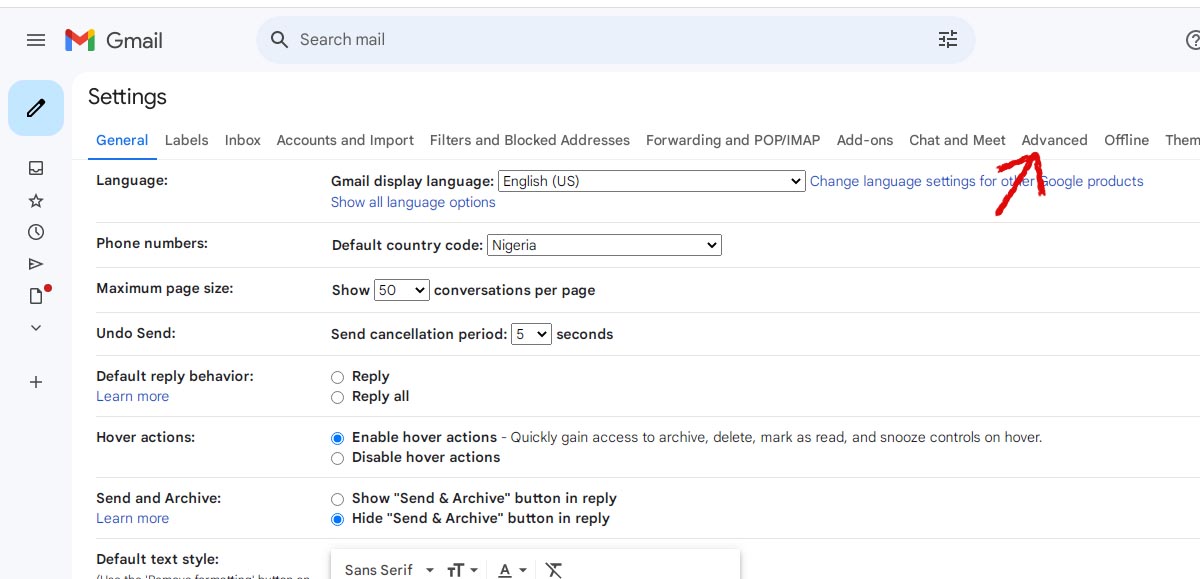
- Enable “Templates” as shown in the image below:
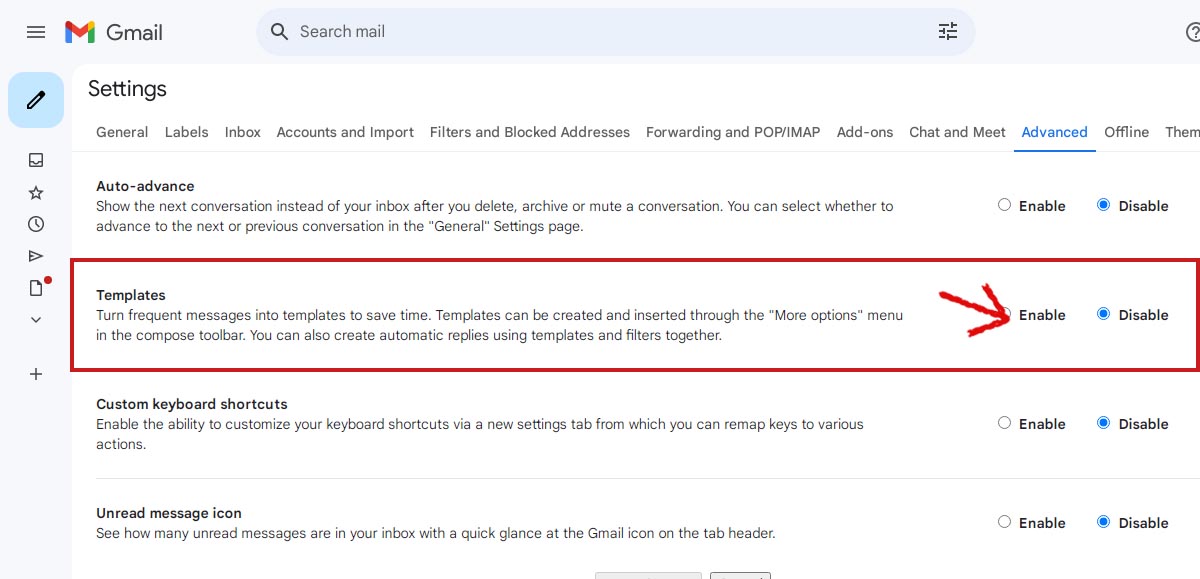
- Click on the “Save Changes” button at the bottom of the screen:

- Compose a new email, enter your text for the template, and click on “More Options” at the bottom (represented as three vertical dots, as shown in the image below):
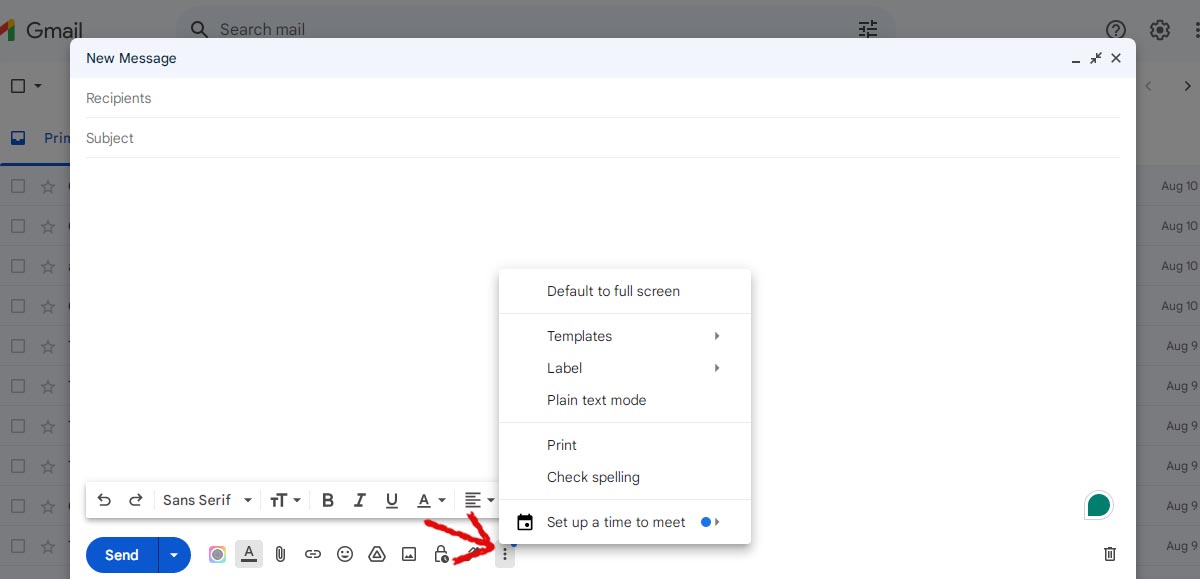
- Click on “Templates” in the popup window, “Save draft as template”, and finally “Save as new template”:
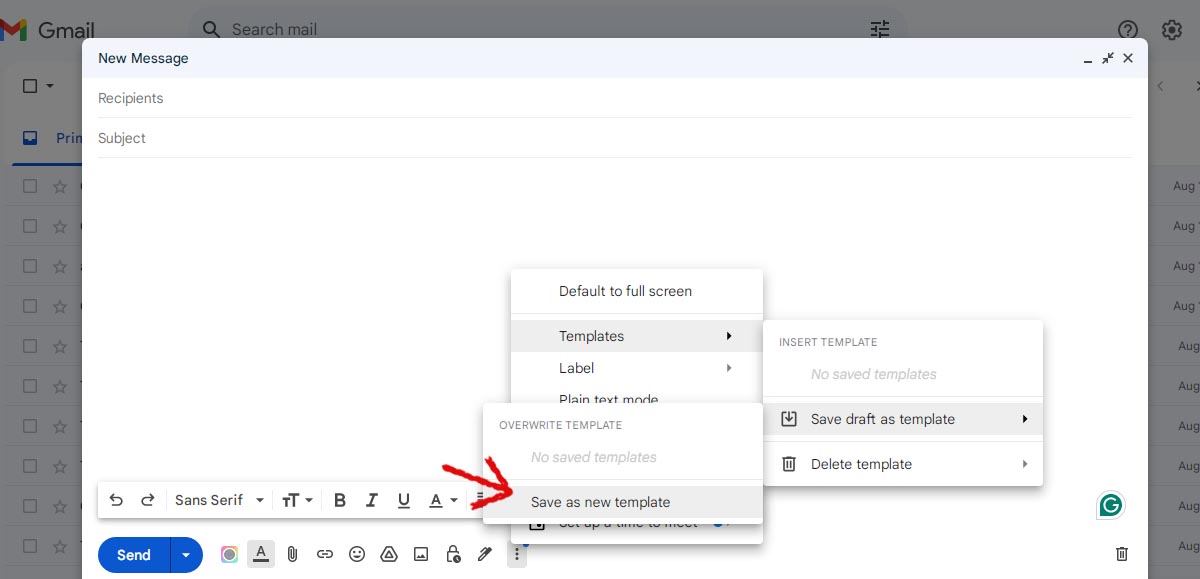
Your email will be a template that you can resend to multiple people.
Creation of multiple Gmail accounts
As mentioned earlier, you can create multiple Gmail accounts to bypass the daily limit imposed by Gmail. Here’s how to create a new account.
First, head over to the Gmail website and click “Create account.”
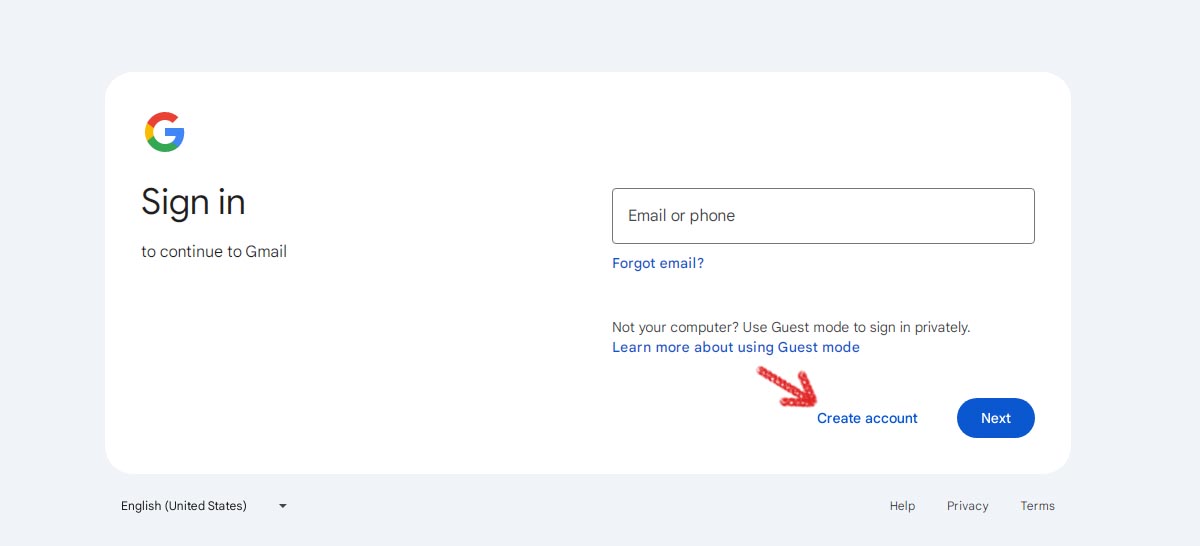
At the time of writing, clicking on “Create account” should activate a popup that asks you to decide what type of email account you want to create:
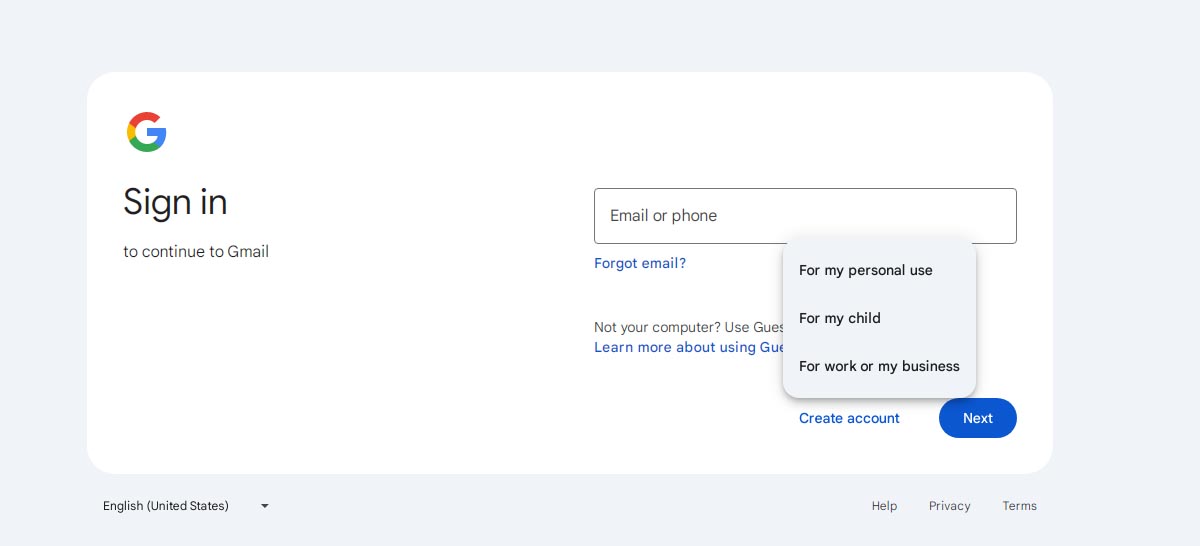
Choose “For work or my business” or “For my personal use”, whichever is appropriate.
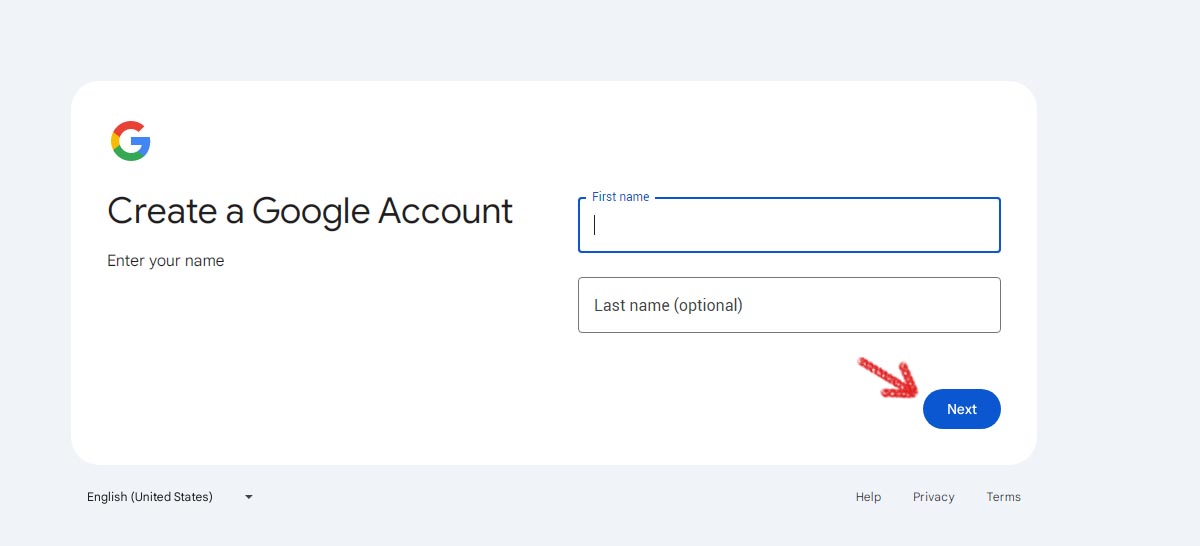
On the next page, enter your first name and click the “Next” button.
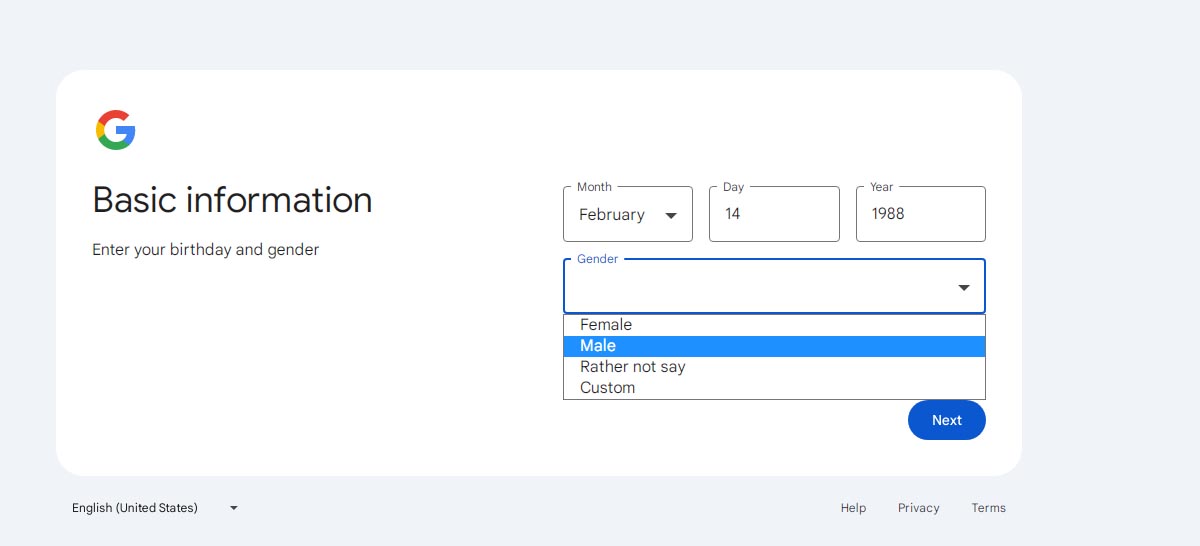
Next, fill in your birthday and choose your gender from the options in the dropdown menu that appears when you click inside the “Gender” field (as in the image above).
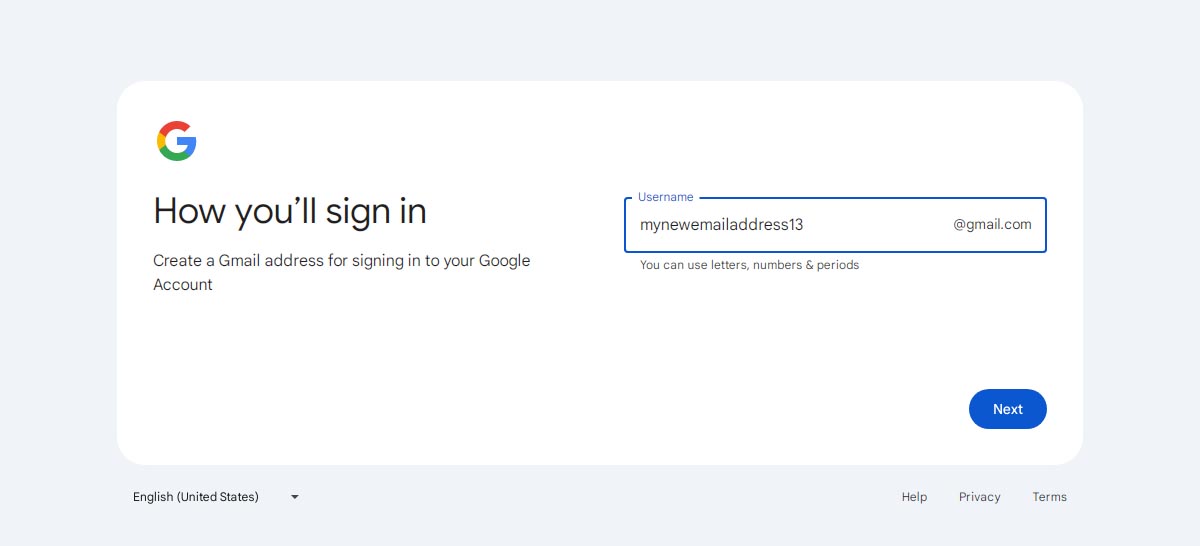
On the next page, type the new email address you’d like to create into the “Username” field. Click “Next” if it’s available or provide an alternative if Gmail alerts you that it’s taken.
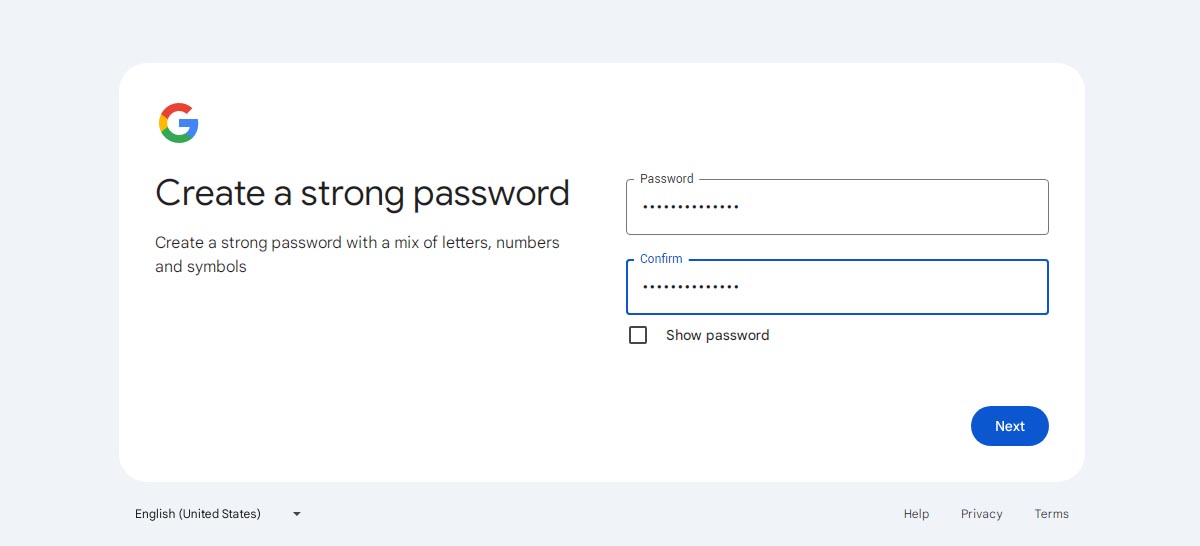
Provide your password using a combination of letters, numbers, and symbols. Retype it into the field below to confirm and click “Next.”
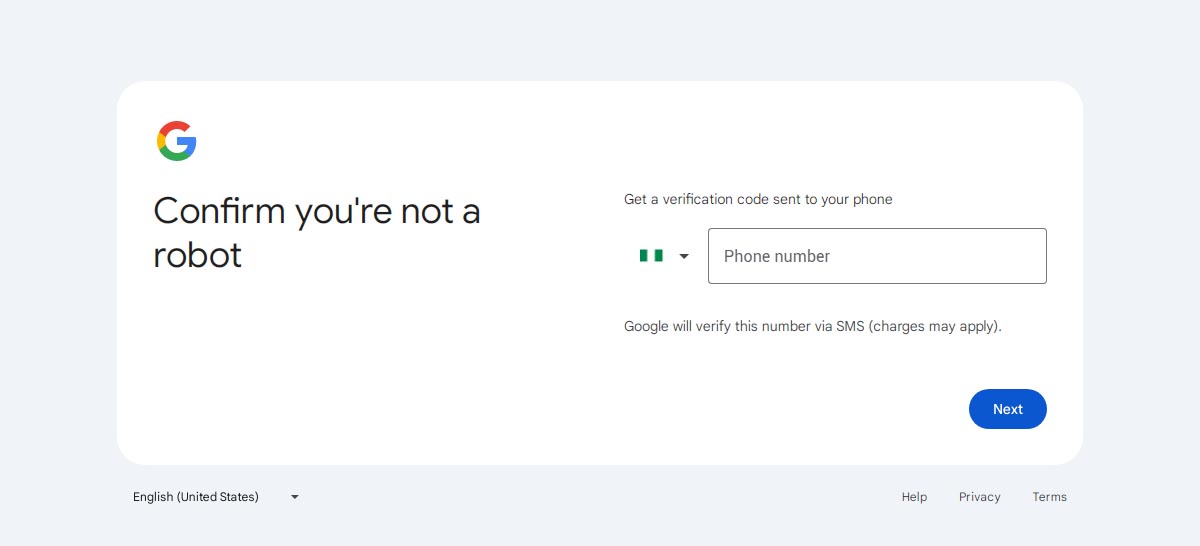
Confirm that you’re human by providing your phone number. Google will send a code to this number via SMS, which you’ll use to confirm that you’re not a robot on a subsequent page.
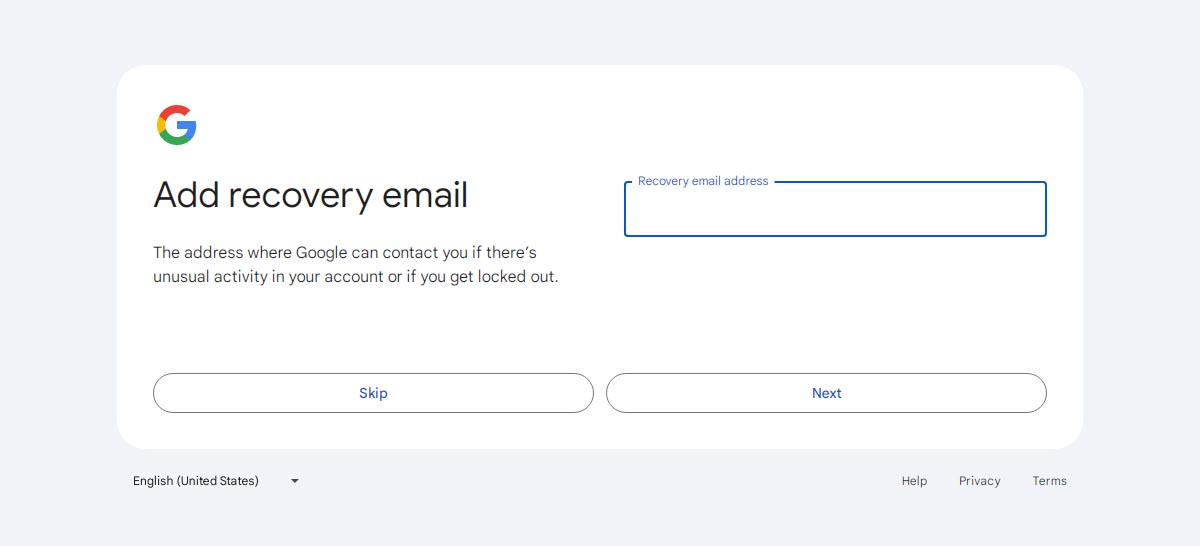
Google gives you the option to add a recovery email (pictured above). We advise that you don’t skip this optional step, as the recovery email will come in handy if you forget the password you’ve created for your new account. Use your original Gmail address as the recovery email.
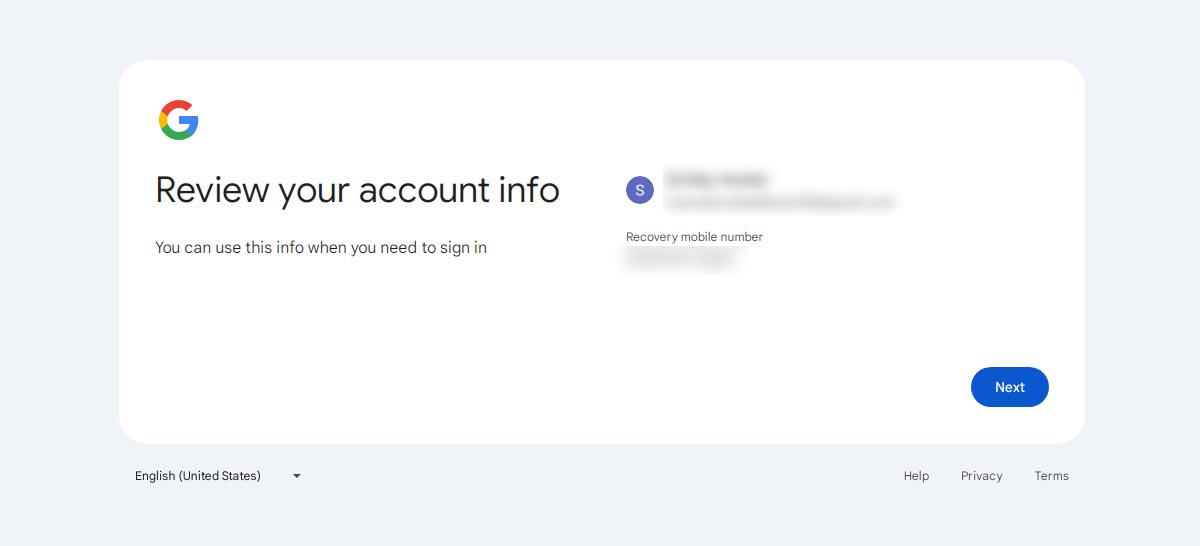
Check that the information you’ve provided is accurate (see the above image) and click “Next.”
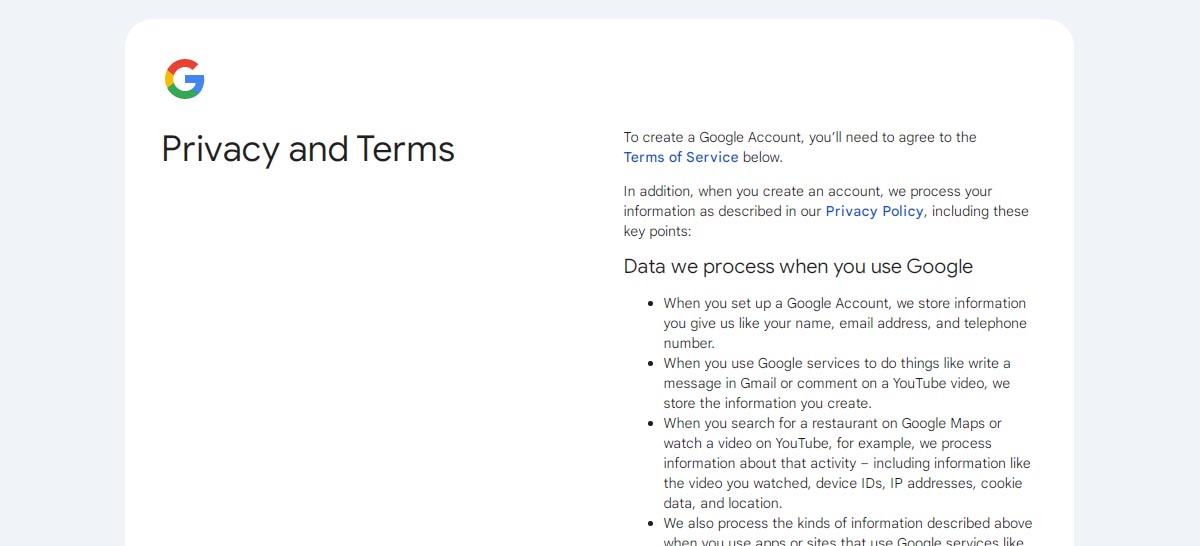
Read through Google’s Privacy and Terms of Service information.
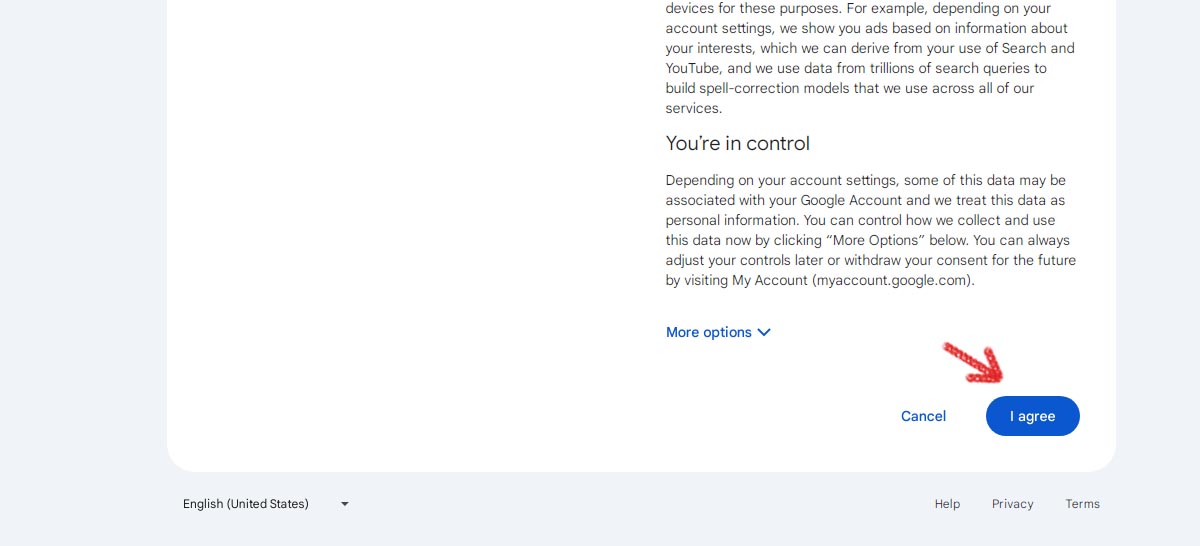
If you’re happy with the terms, click “I agree.” You can now send emails with your new Gmail account.
Google Workspace multi-send
We mentioned earlier that Gmail’s mail merge feature (formerly Google Workspace multi-send) is only available with paid Google Workspace plans. The applicable plans that support sending out mass emails are:
- Workspace Individual
- Business Standard
- Business Plus
- Enterprise Standard
- Enterprise Plus
- Education Standard; and
- Education Plus
With this feature, you can include a merge tag (or several) in your email to personalize it. Google explains how to use this feature in the video below:
In summary, the process goes:
- Open Gmail.
- Click the “Compose” button at the top left corner of your inbox.
- Add your recipients to the “To:” field.
- At the right-hand side of the “To:” field, click “Use mail merge.”
- Turn the feature on.
- Type the @ symbol in your email’s body.
- Select a merge tag from the @firstname, @lastname, @fullname, or @email options Gmail shows you in a dropdown.
- Hover over the tag you need and click “Enter” to insert it into your email.
While this feature offers an improvement over the non-paid Gmail workspace, you’re still limited in the number of people you can email each day. Google Workspace plans let you send emails to 2000 contacts, instead of 500.
Check for alternatives
Look into other alternative means for sending mass emails. For instance, you could try getting an email responder like GetResponse.
GetResponse offers features for automating mass emails that other methods don’t provide. You can create a series of mass emails that trigger in response to your email subscribers’ behavior.
These automated drip campaigns will help you target all customers with relevant content depending on where they are in the buyer’s journey.
Conclusion
If you’ve followed the guidelines in this article, you’ll know how to send a mass email with individual names on several email platforms. And although you can do this via Gmail, Outlook, and even Spreadsheets, specialized email marketing platforms remain the best option.
For instance, GetResponse supports the personalization of mass emails and streamlines the process by providing all the tools needed to send these emails in one place. The platform also provides detailed analytics to help you run data-informed campaigns.
But don’t just take our word for it. Sign up for a free 30-day trial of our email platform today to see how GetResponse can help your business.
